There are several reasons to hike to the Static Peak Divide. Early on in the hike, you have beautiful views over Phelps Lake. The walk through Death Canyon is gorgeous and this is a great place to spot wildlife. Bear and moose are frequently seen here. We didn’t see bear when we did this hike, but we did see several moose. And finally, the real reason for doing this hike is for the panoramic views from Static Peak Divide.
This is a tough hike but it’s one of our favorites in Grand Teton National Park. When we did this, we saw a total of two people and five moose during the entire hike up to the Static Peak Divide. Nice ratio, don’t you think?
Death Canyon is a lighter trafficked trail than the other canyons in Grand Teton National Park, such as Cascade Canyon and Paintbrush Canyon, so if you are looking to escape the crowds, this is a nice hike for your list.
Here’s how to do it.
Static Peak Divide Trail Stats
Distance: 16 miles (25.8 km) round trip
Difficulty: Strenuous
Total Elevation Gain: 5,000 feet (1,525 m)
Starting Elevation (Death Canyon Trailhead): 6,800 feet (2,075 m)
Highest Elevation (Static Peak Divide): 10,800 feet (3,300 m)
Length of Time: The National Park Service recommends 10 to 12 hours for this hike, but it can be done much faster. We finished this hike in just under 7 hours.
Note: Due to the high elevation of the Static Peak Divide and the massive amount of elevation gain, this does not make a good first hike in Grand Teton National Park, especially if you are coming from sea level or a low elevation. Plan on spending one to two days in the park, on shorter hikes, to acclimate to the elevation.
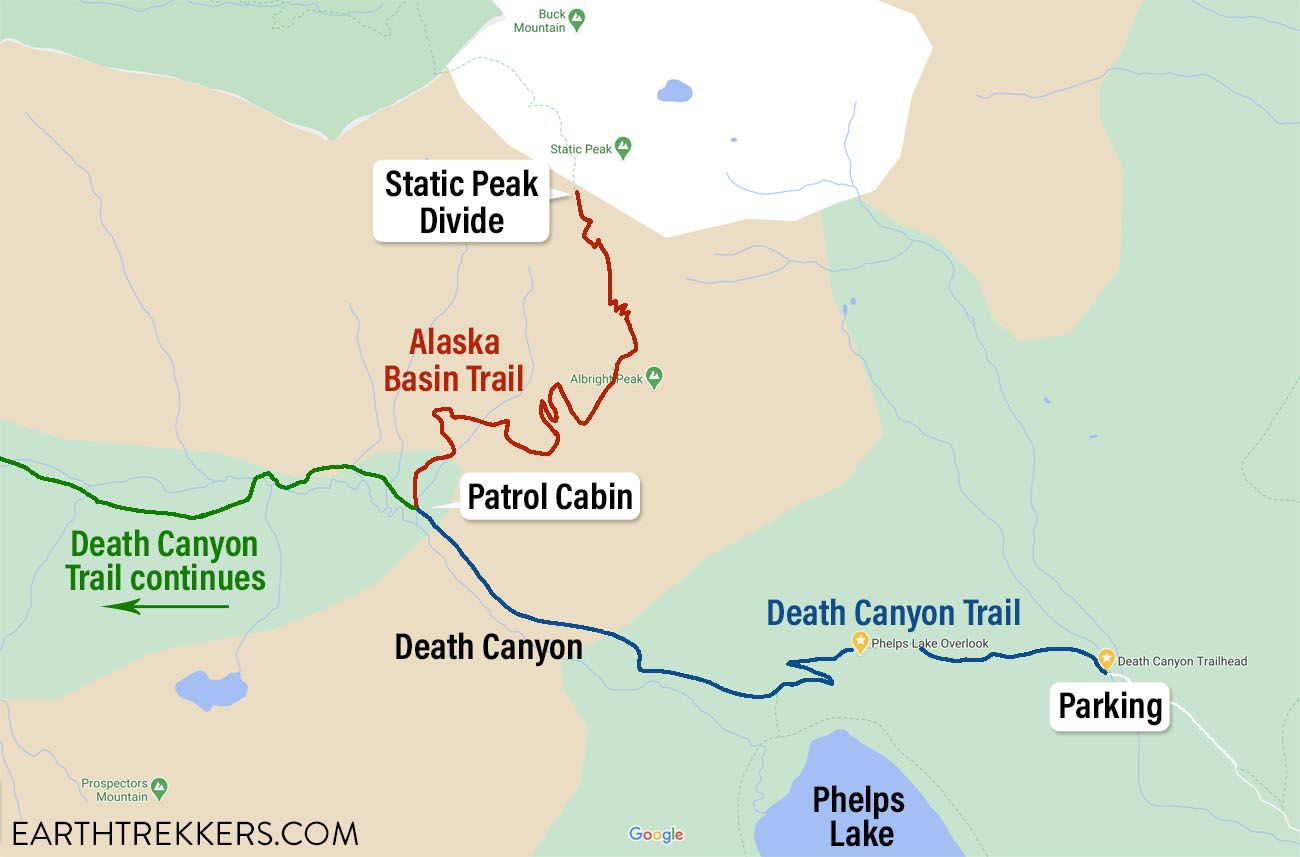
Static Peak Divide Elevation Profile
Please practice the seven principles of Leave No Trace: plan ahead, stay on the trail, pack out what you bring to the hiking trail, leave areas as you found them, minimize campfire impacts, be considerate of other hikers, and do not approach or feed wildlife.
How to Hike to the Static Peak Divide
Step-By-Step Trail Guide
Getting to the Trailhead
The trail starts at the Death Canyon Trailhead. To get here, turn onto Whitegrass Ranch Road and take this to the end (go 1.6 miles). The road ends at a large parking lot at the Death Canyon Trailhead.
The first part of this road is paved but the final .7 miles is a rough, unpaved road with enormous potholes. A 4×4 is highly recommended, not only by us but also by the National Park Service. An SUV with high clearance will also do fine on this road. However, there were two standard cars in the parking lot, so they were able to make it, but you will have a much easier time with a SUV.
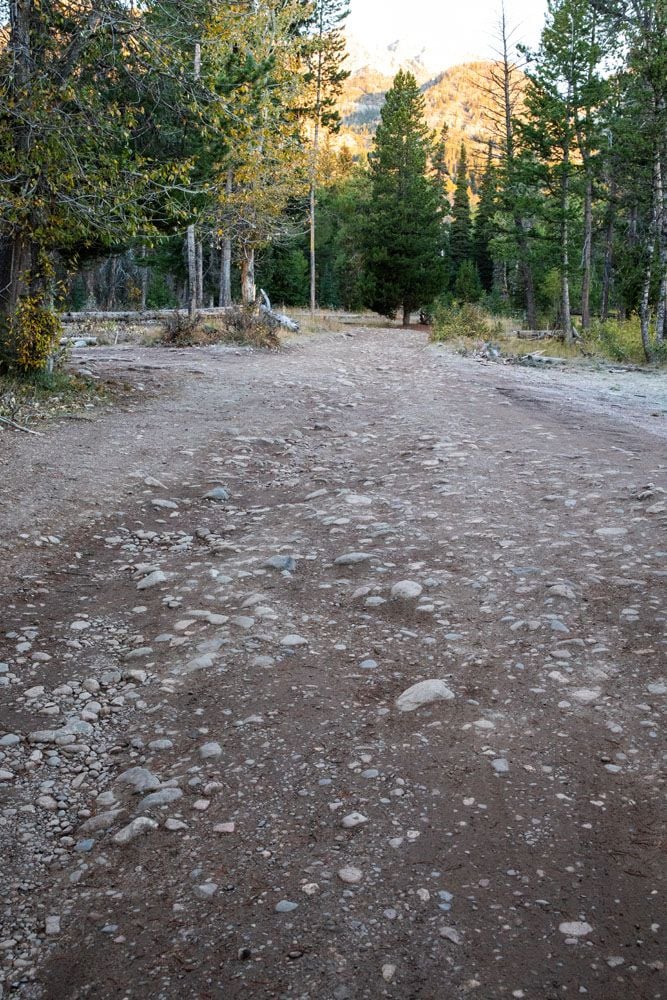
Road to Death Canyon Trailhead
Near the trailhead is a bathroom and enough parking for roughly 20 cars. There is some overflow parking on turnouts farther from the trailhead.
Overview of the Hike
It’s 8 miles from the trailhead to the Static Peak Divide. It’s easiest to think of this hike in three sections: the Phelps Lake Overlook, Death Canyon, and the final climb to the Static Peak Divide.
Hiking to Phelps Lake Overlook
From the trailhead, it is a one-mile, slightly uphill hike to the Phelps Lake Overlook. For this short trail, you will mostly be in the trees, which is gorgeous in the autumn when the leaves have turned yellow.
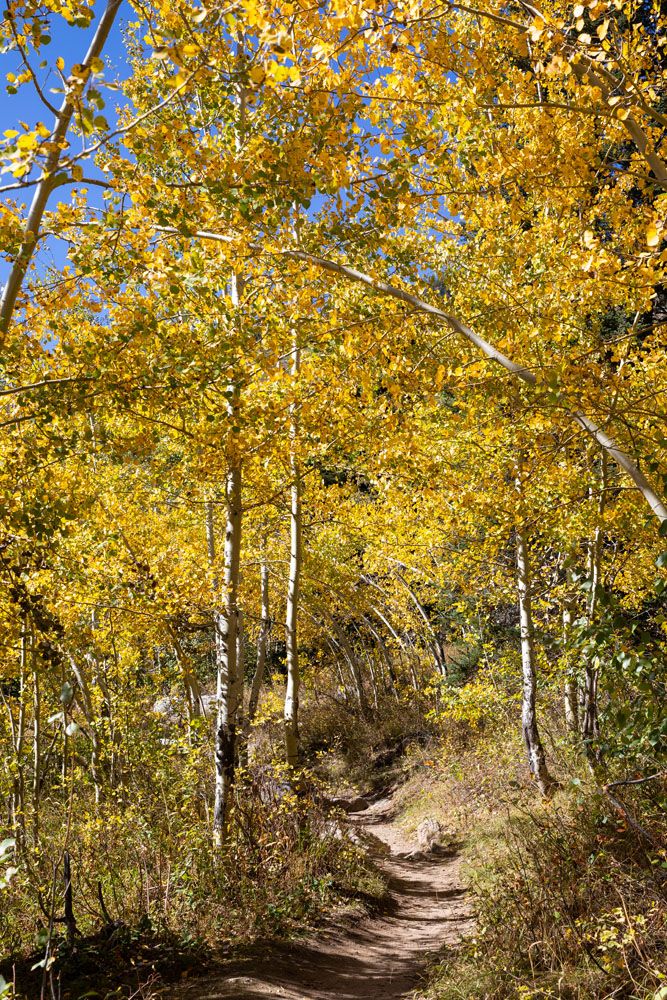
At one mile, you reach the Phelps Lake Overlook. From here, the view is very nice but it actually gets better as you start your descent towards the lake.
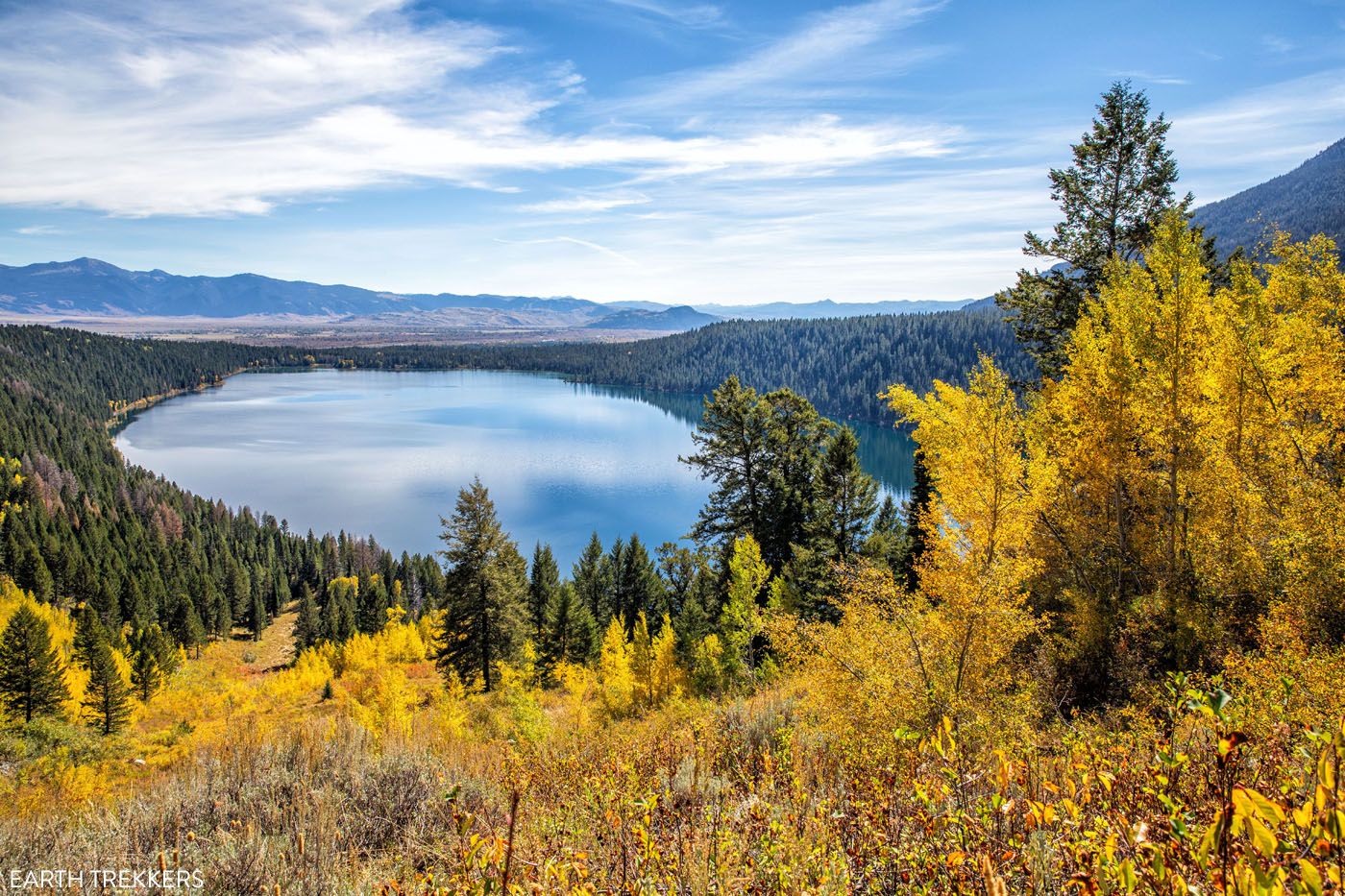
From the Phelps Lake Overlook, it is a moderate descent towards the lake. The trail has two switchbacks and it will continue its downhill nature until you enter Death Canyon. You will hike about 1 mile downhill with almost 500 feet of elevation loss. This part of the hike goes by fast now, but at the end of the hike, when you are feeling more tired, this short, uphill climb can feel exhausting.
Near Phelps Lake, keep an eye out for the trail split. At the Death Canyon junction, take the trail to the right to continue into Death Canyon.
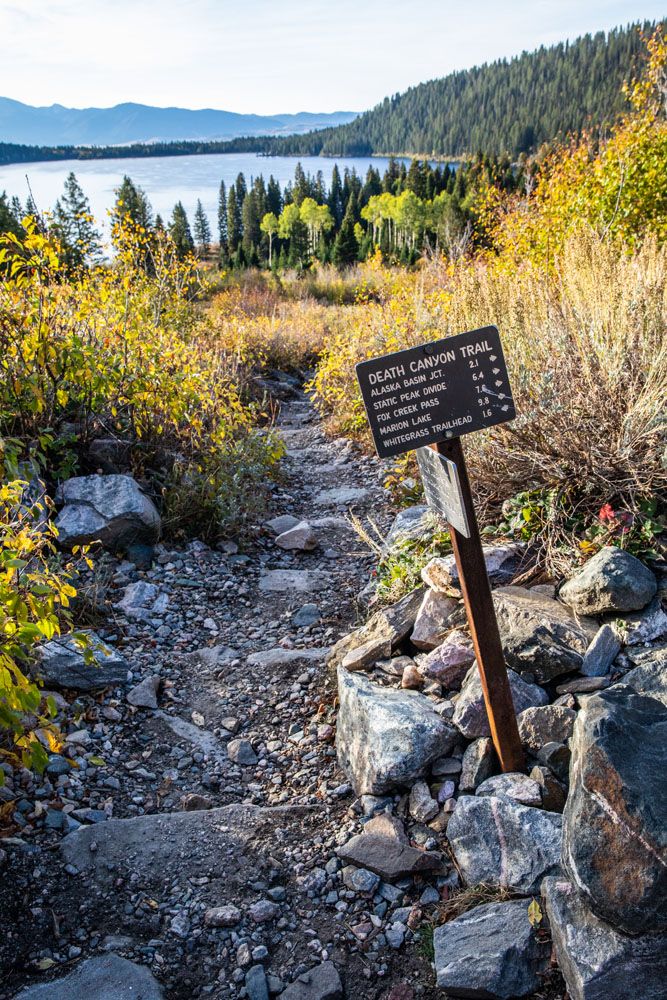
Hiking through Death Canyon
Once you enter Death Canyon, the climbing begins. Just before the trail makes an upward pitch, we came across three moose. To our left, about 50 feet off of the trail, was a bull moose, a cow, and a calf. The bull wandered away, farther into the trees, while the cow and calf stayed put, sitting under the cover of the trees, just hanging out.
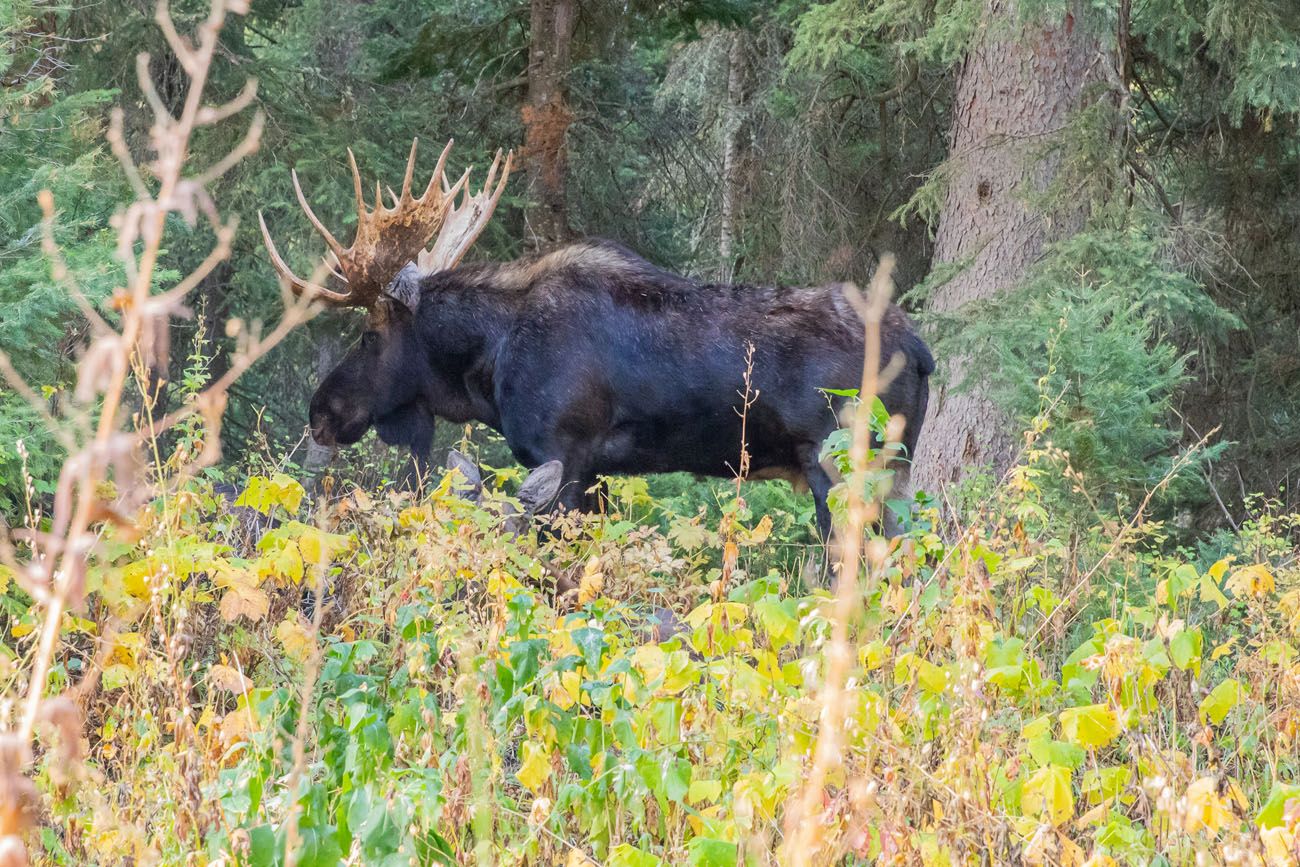
For two miles, it is a moderate ascent through Death Canyon. The trail is rough and rocky in spots with a few switchbacks thrown in here and there. As you get higher up into the canyon, the views begin to open up, and it’s a nice view back down through the canyon to Phelps Lake.
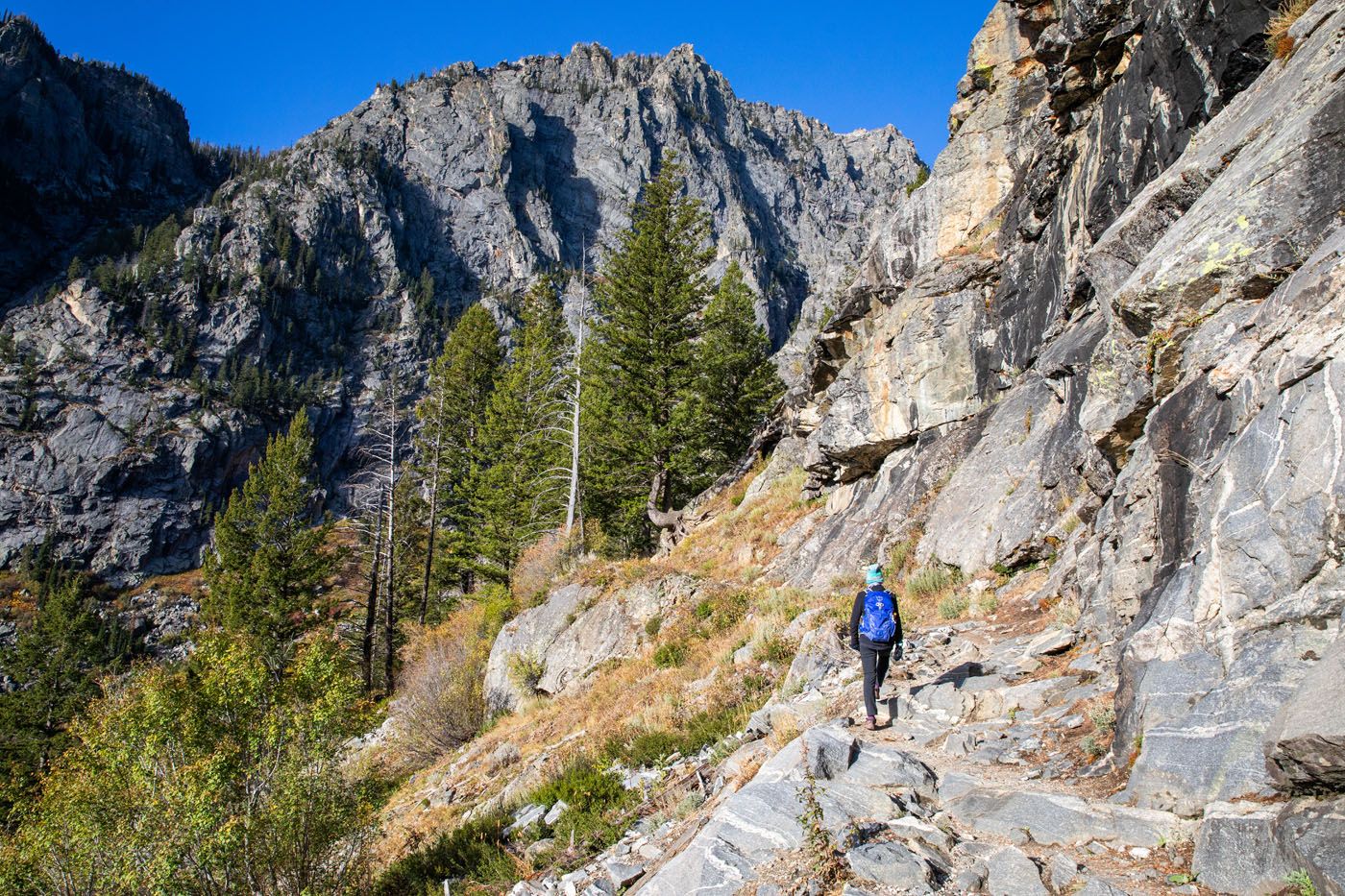
We met a fourth moose on the trail in Death Canyon. She was walking down the trail towards us. When she saw us, she turned around and walked back up the trail. She quickly changed her mind and walked back towards us. As quickly and calmly as we could, we headed back down the trail, to a clearing at a switchback, to let her go by.
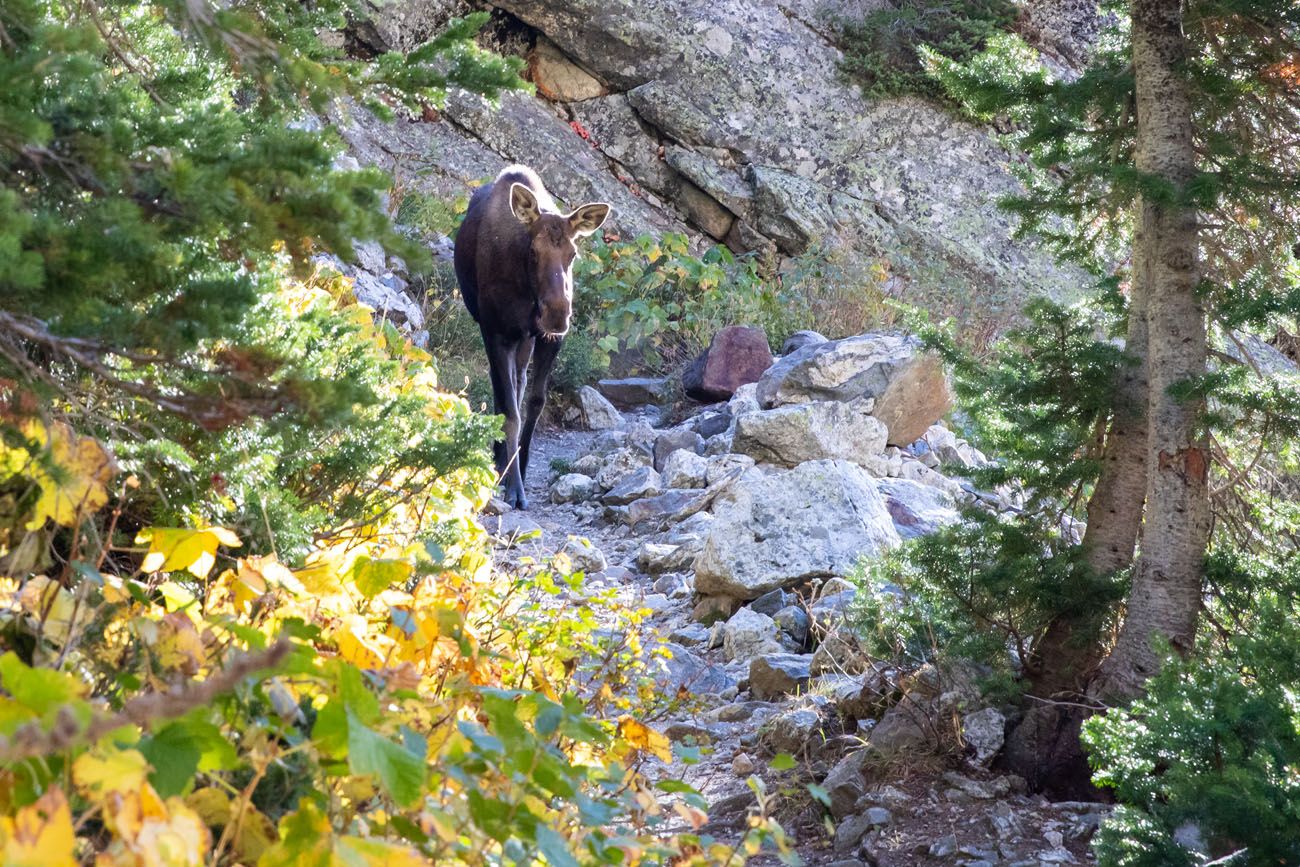
The trail briefly levels out before you arrive at the Patrol Cabin, also called the Death Canyon Barn. This cabin is listed in the National Register of Historic Places. This is where your hike through Death Canyon comes to an end and you start the final hike up to the Static Peak Divide.
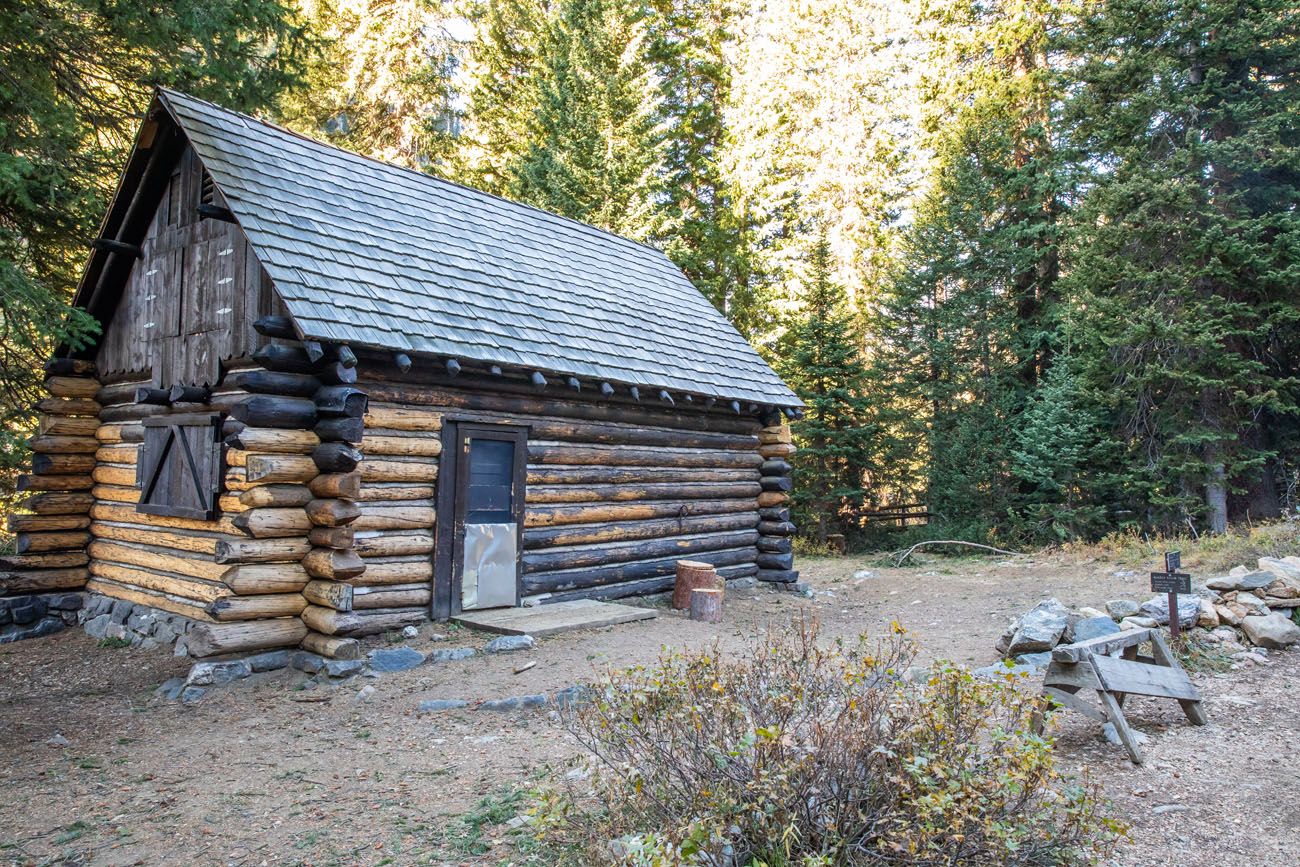
PRO TRAVEL TIP: Bears are frequently spotted in Death Canyon, so make sure you carry bear spray and travel in groups. Both black bears and grizzly bears have been spotted in the canyon.
Final Hike up to the Static Peak Divide
At the Patrol Cabin, turn right onto the Alaska Basin Trail to continue up to the Static Peak Divide.
For the next four miles, it is a relentless, moderate climb until you get to the Divide. It’s not overly steep, but because it just keeps climbing and climbing, it can be exhausting.
For the first two miles, the trail switchbacks up the side of Albright Peak. When we did this, the trail was totally in the shade, which will be nice in the summer months, but at the end of September, it was very cold and all of the plant life was covered in a thick frost.
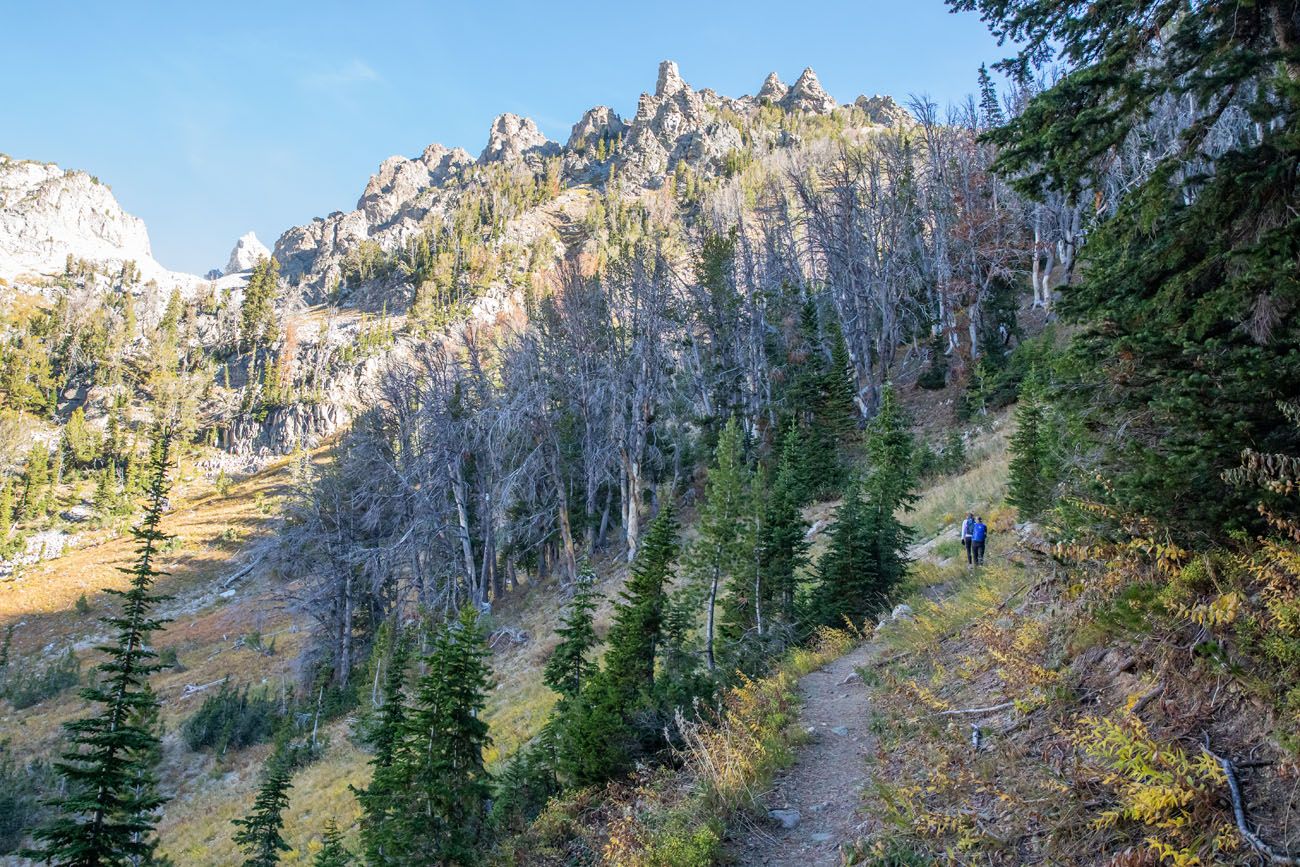
It was during this section of trail that we met our fifth moose, a female munching on the trees near the edge of the trail.
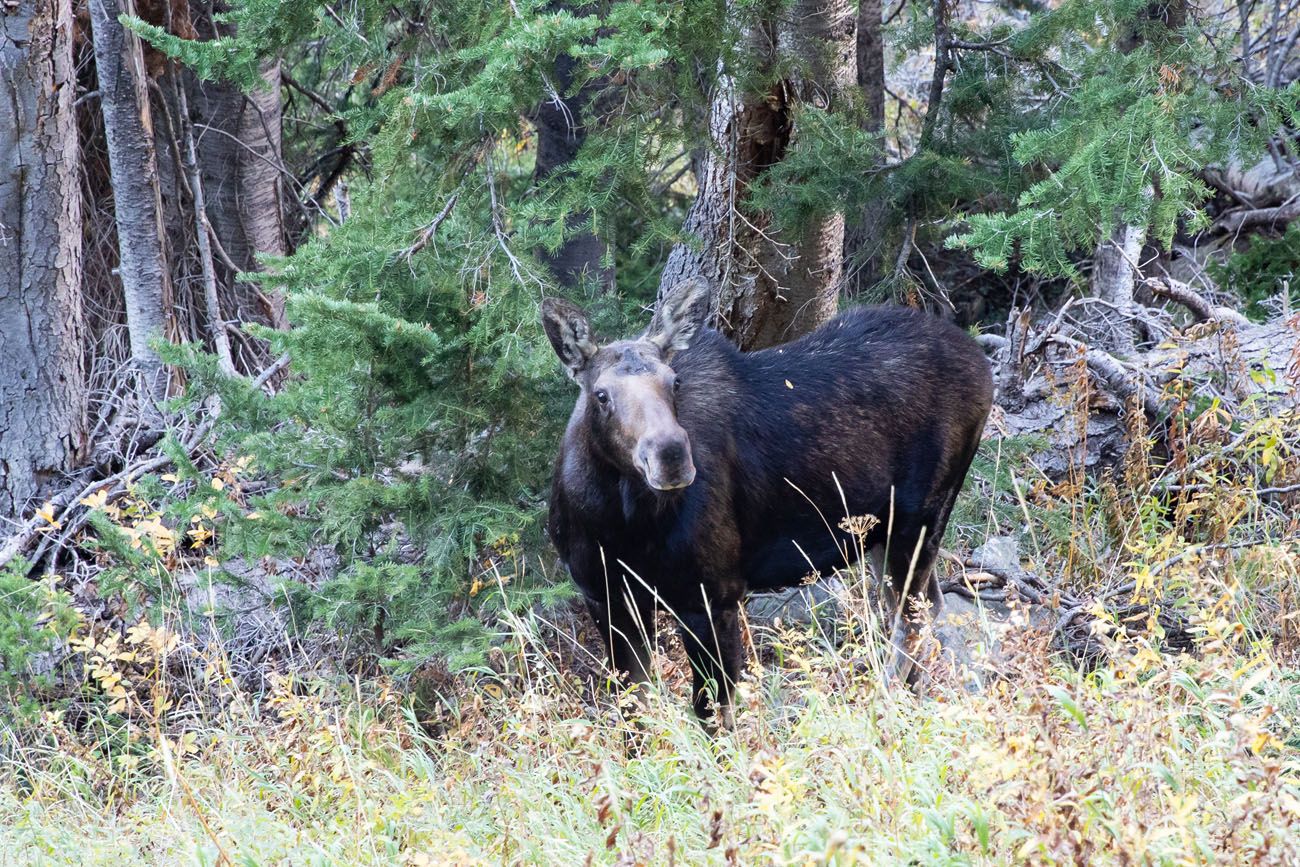
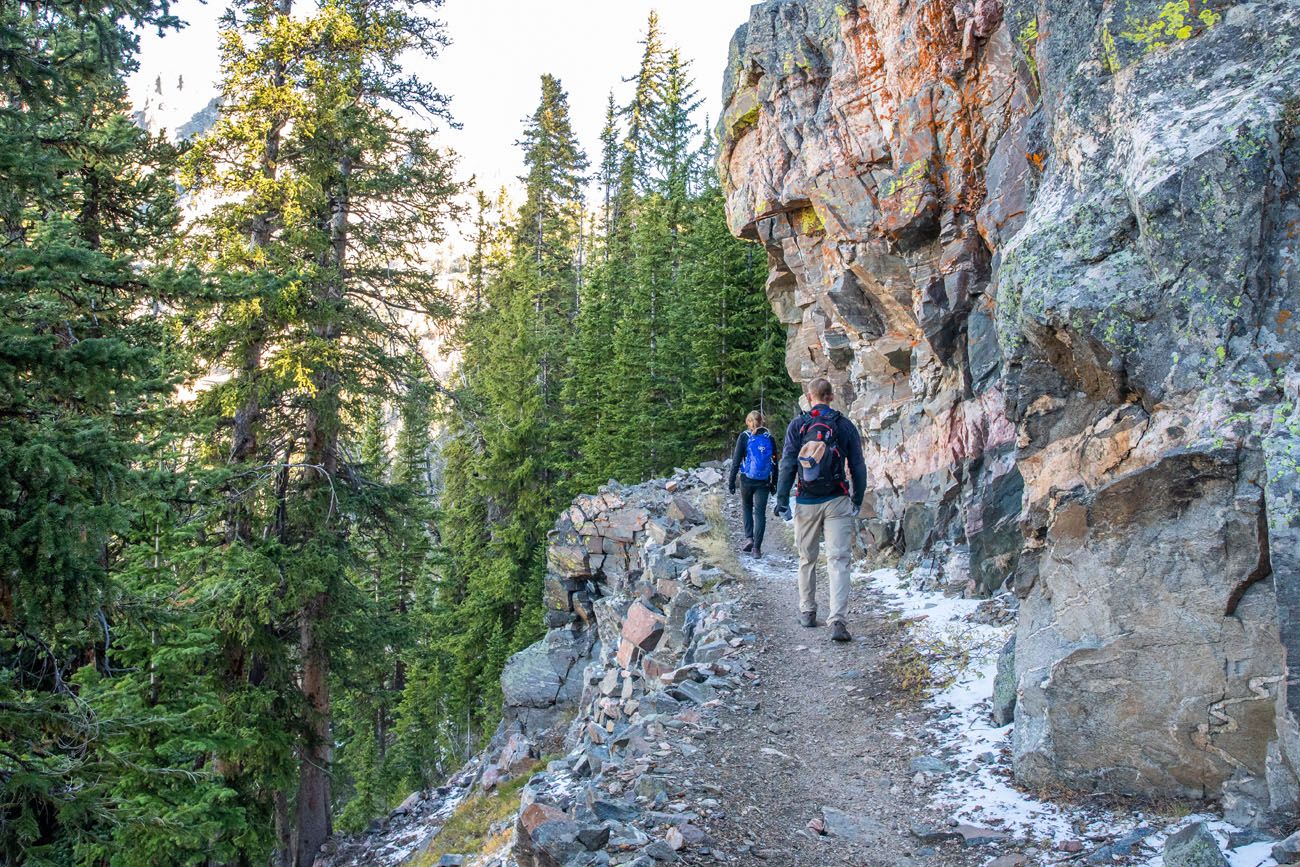
Another view of the trail before you reach the clearing at the higher elevation.
Halfway up this climb, the trail reaches a clearing and you finally have views east, out over the eastern side of Grand Teton National Park and the Gros Ventre Mountains off in the distance. You will also have a great view over Death Canyon.
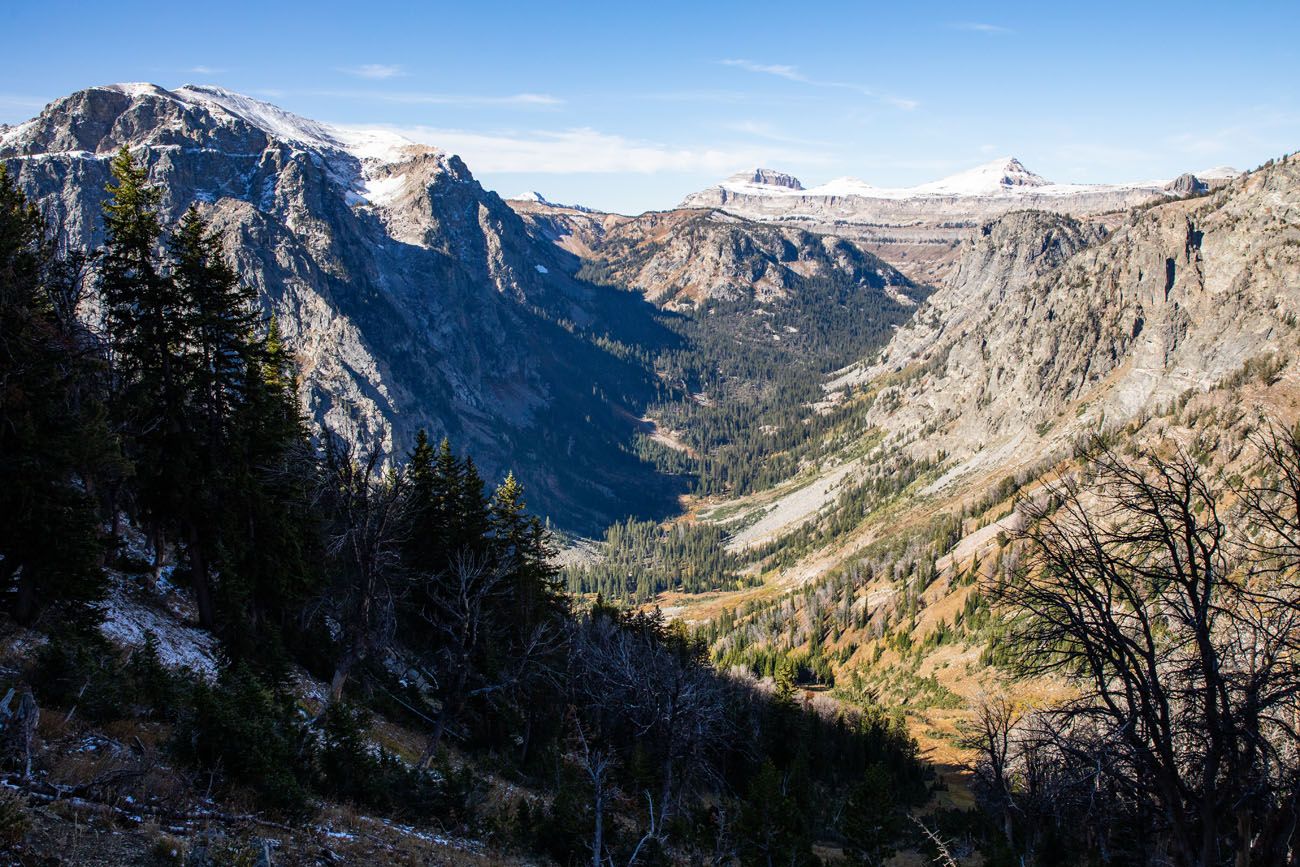
Death Canyon
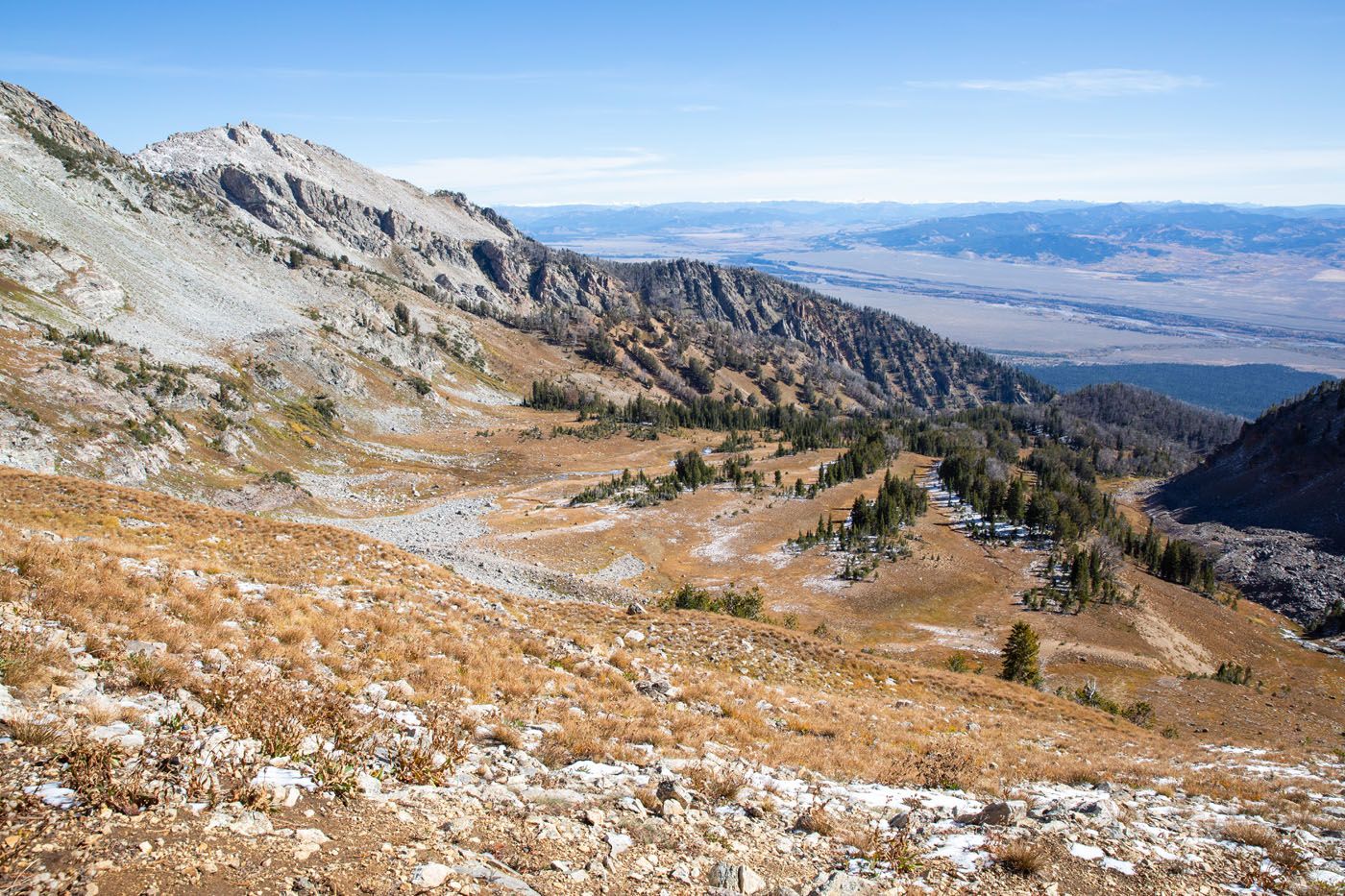
Looking east from the trail.
Now the trail turns to the north. Eventually, Static Peak will come into view. The trail continues its relentless climb. At times, there are be short sections of switchbacks, and the views will alternate between the east and west side of the park. This is a gorgeous section of the hike, and even though you are still climbing and your thighs are burning, the amazing views make it all worthwhile.
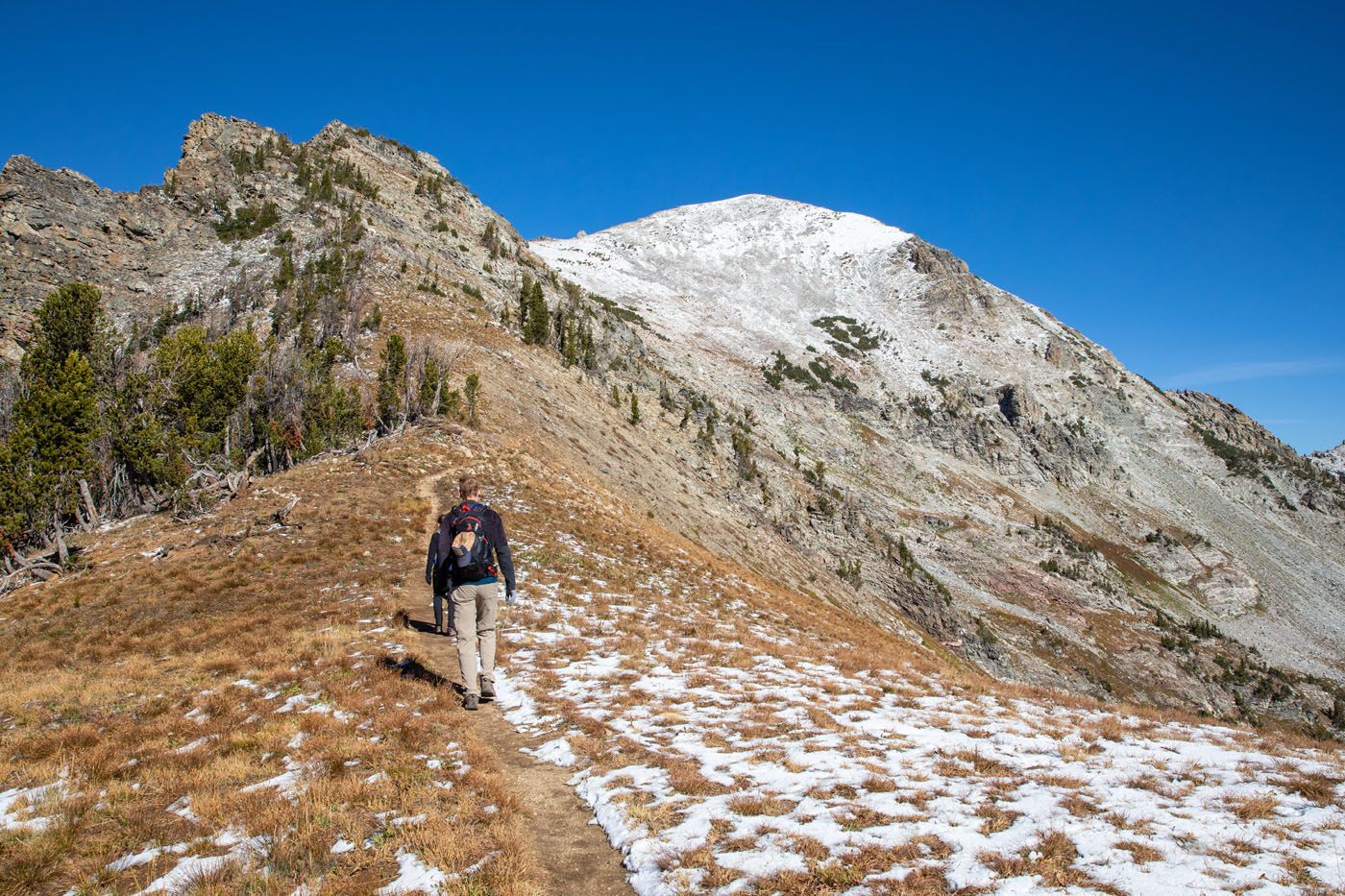
Static Peak is the snow covered mountain.
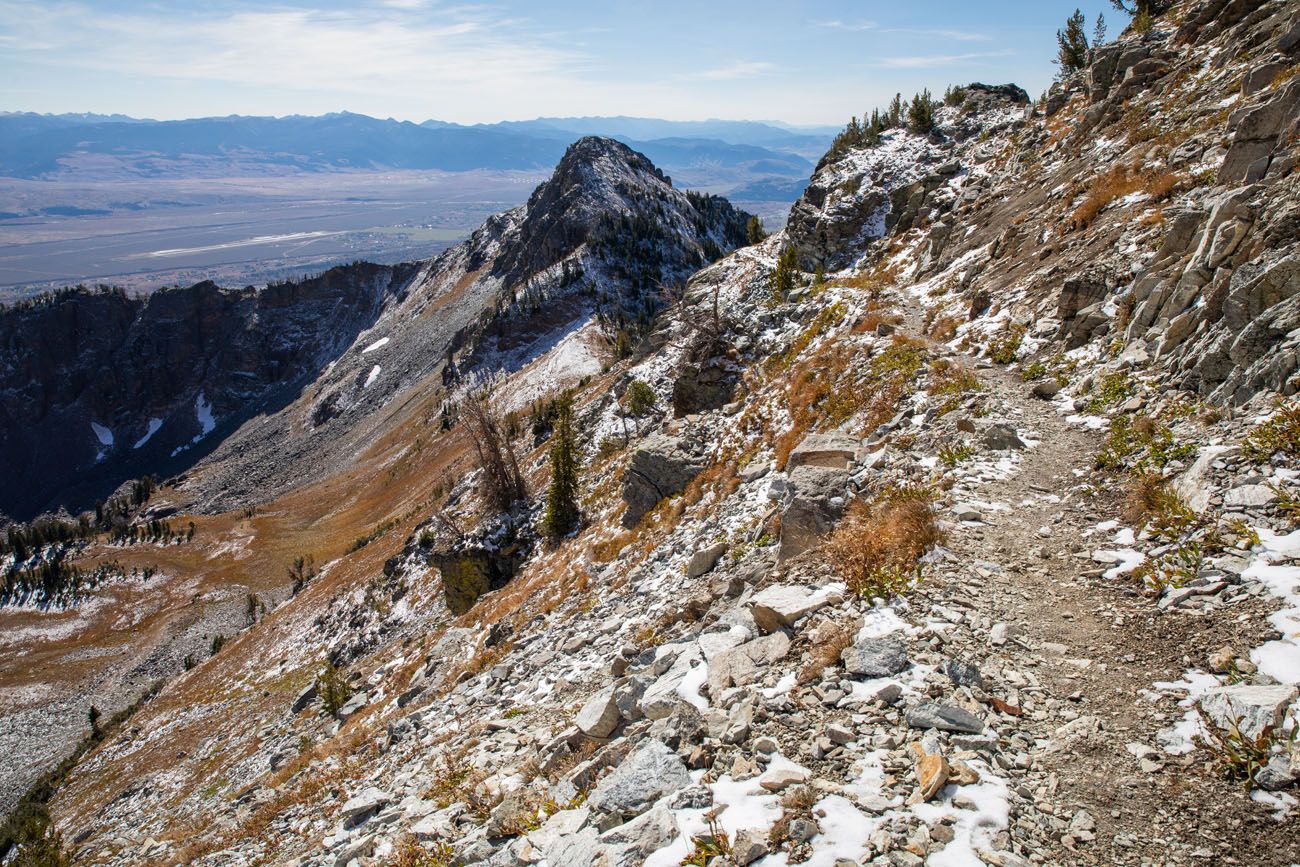
View of the trail, Albright Peak, and off in the distance is Jackson.
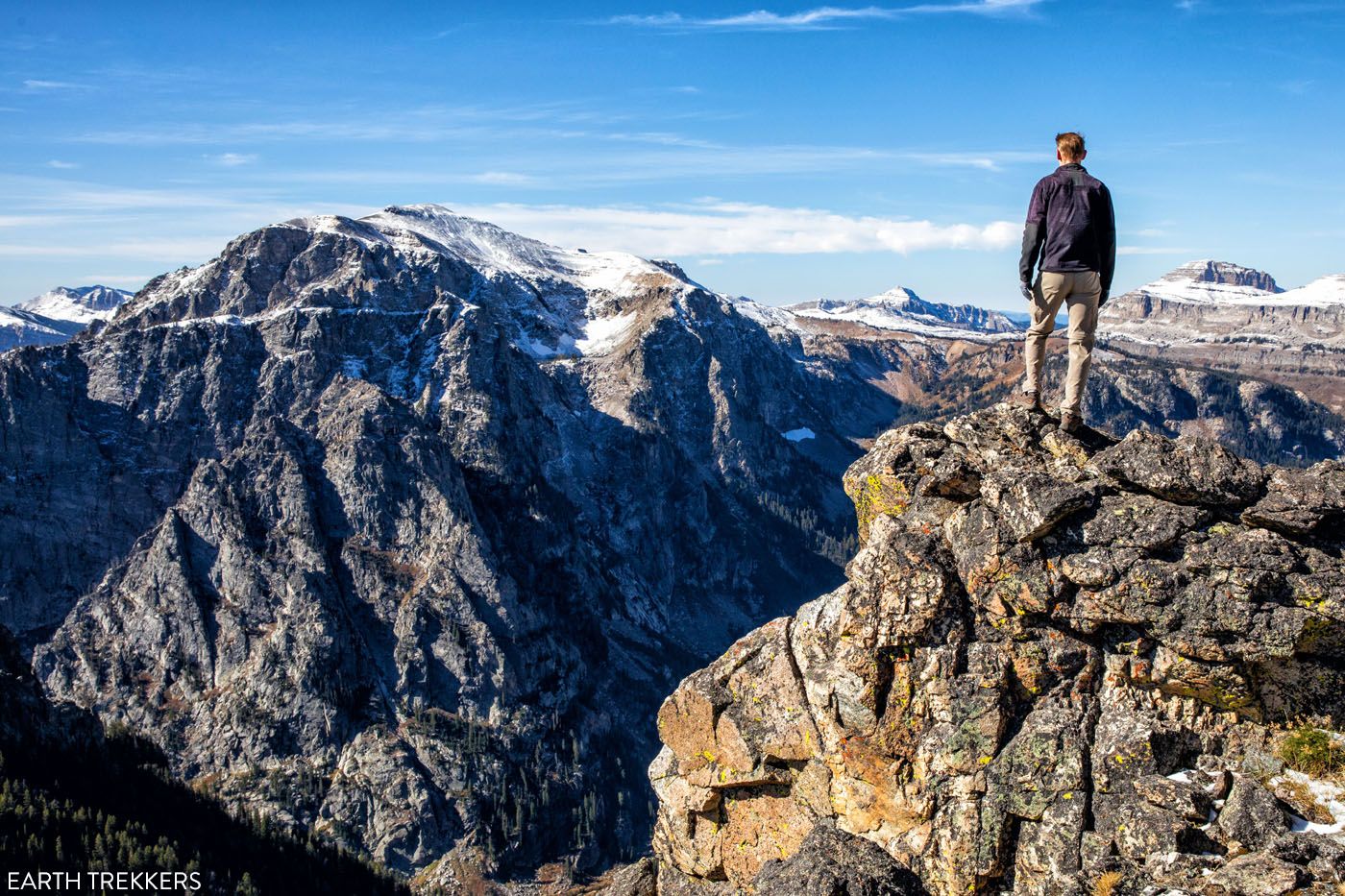
Viewpoint along the trail.
Finally, at just over 8 miles, you will reach the Static Peak Divide. From here, you have panoramic views of the park. To the east is Jackson Hole and way off in the distance, on a clear day, you can see the Wind River Range. To the south is the pointy Albright Peak. And to the west are views of Death Canyon and the Alaska Basin. And to the north are Static Peak and just beyond it, the jagged peaks of Buck Mountain.
From the Static Peak Divide, you have the option to continue up to the summit of Static Peak. It’s another half-mile with 500 feet of elevation gain.
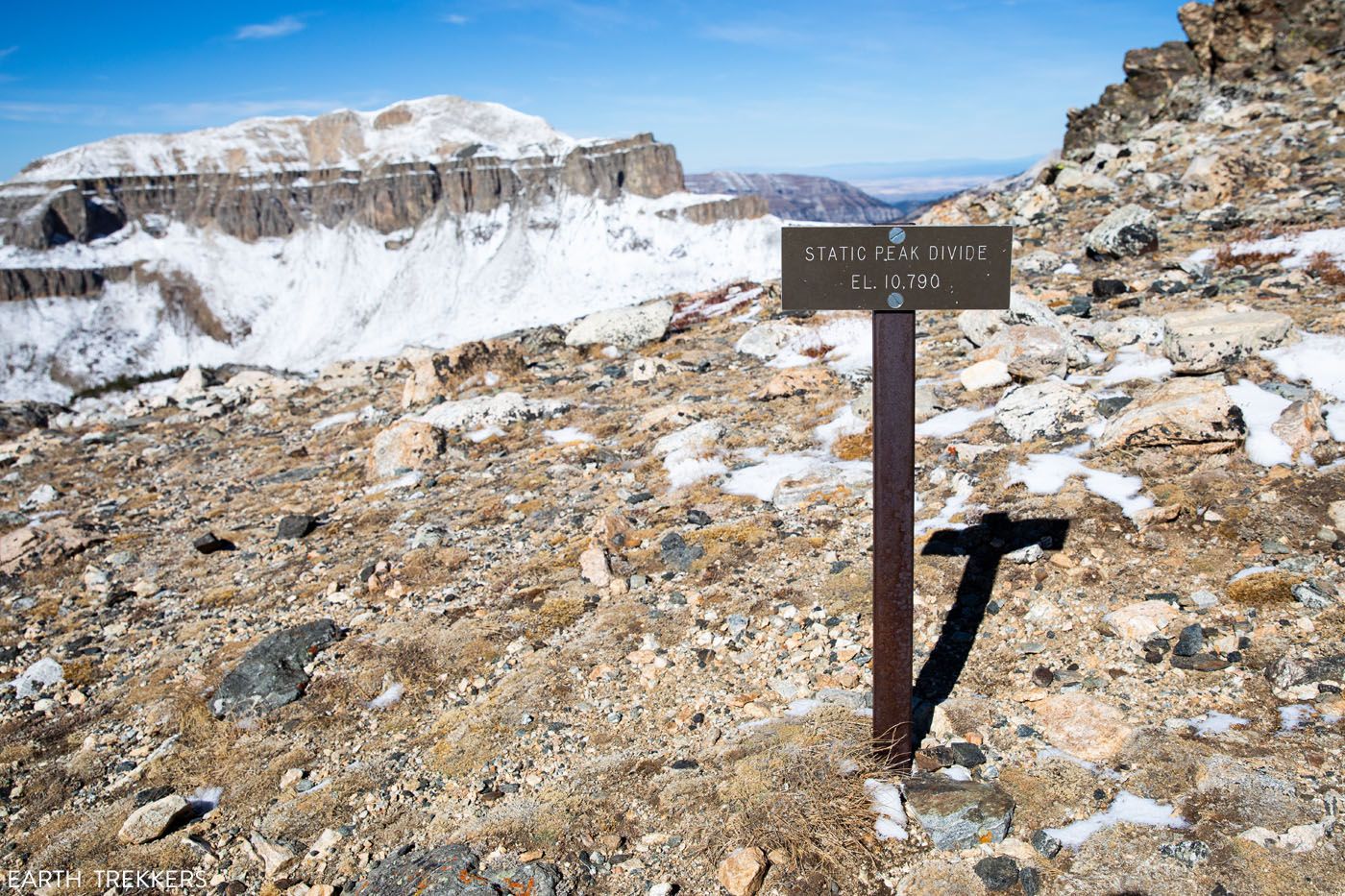
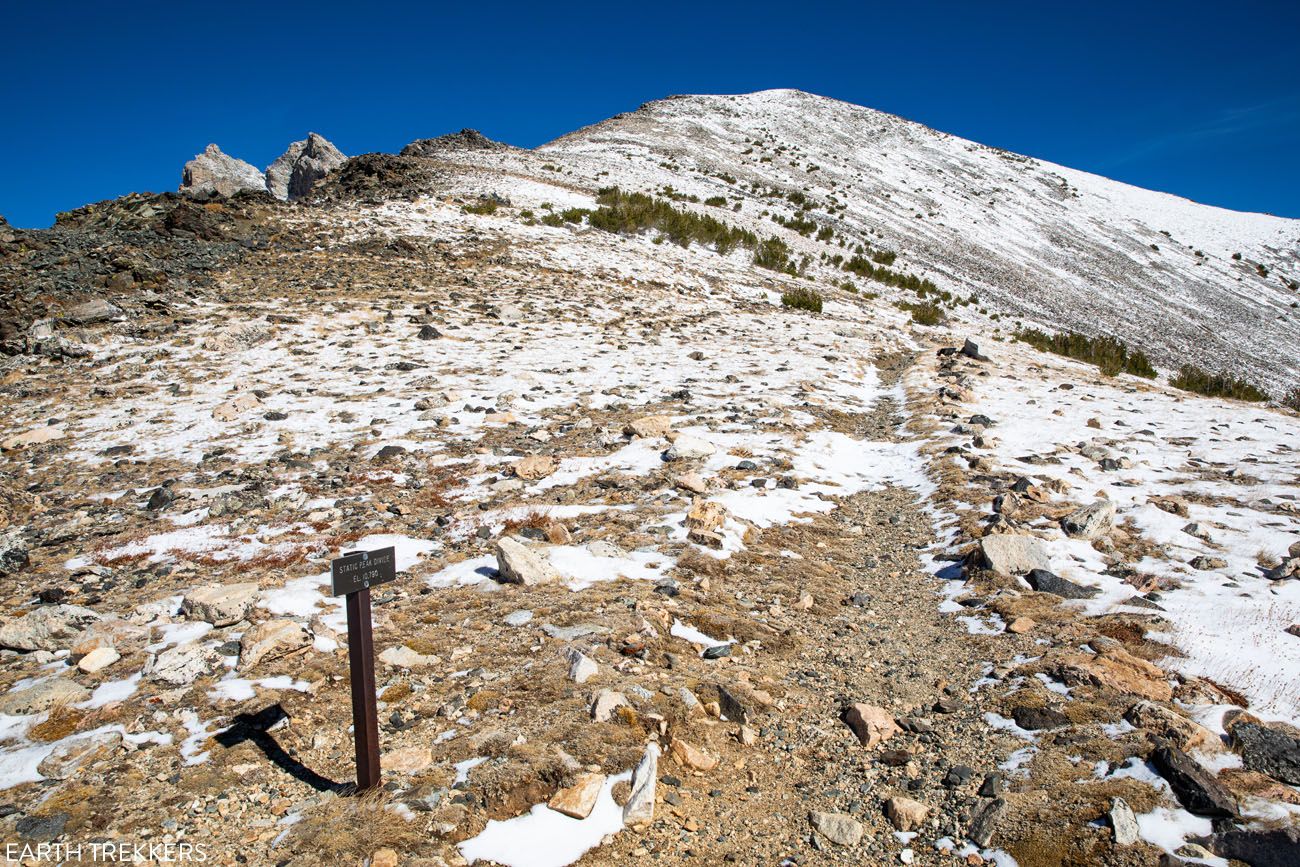
The trail continues to Static Peak.
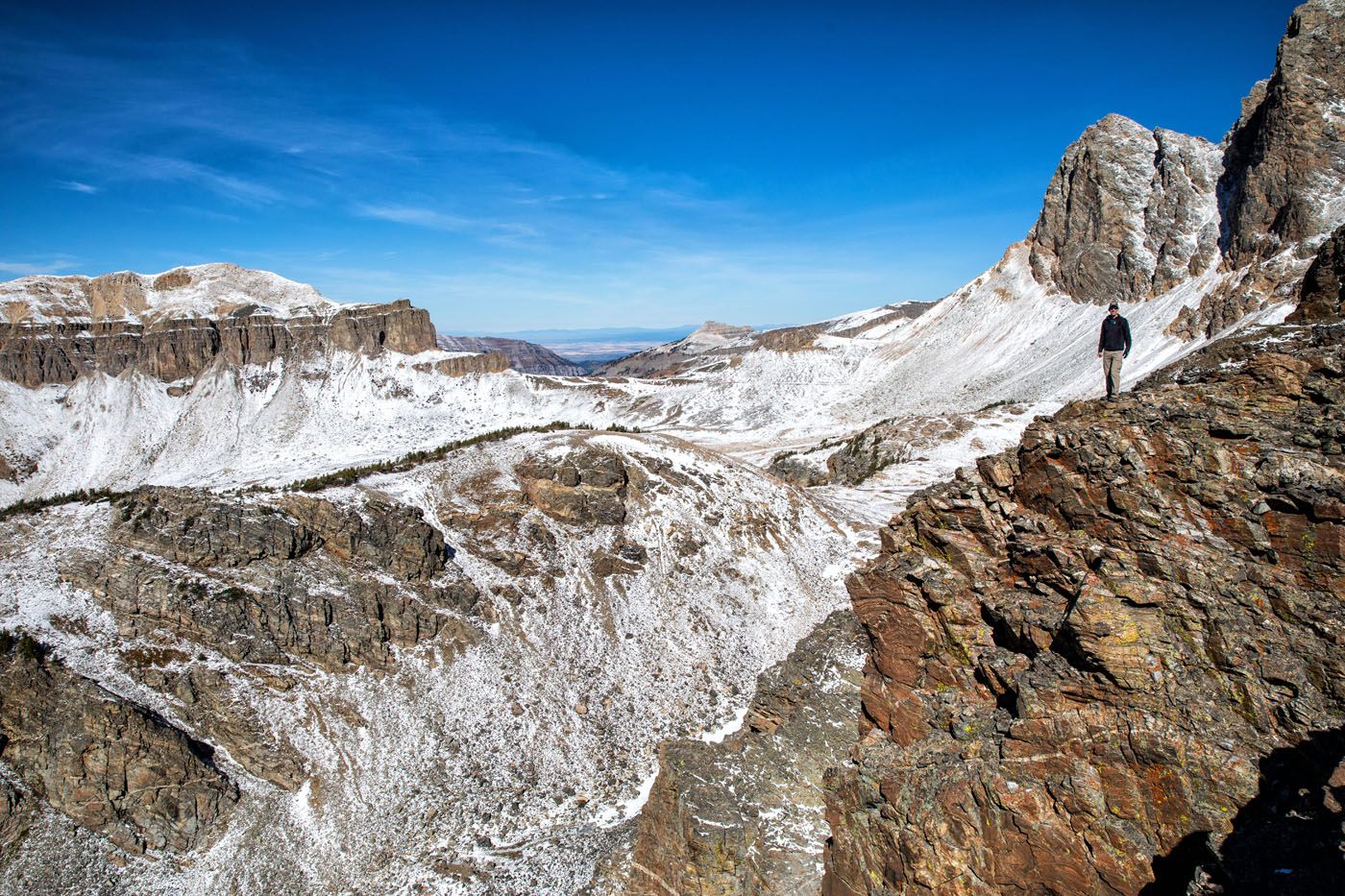
Viewpoint near the Static Peak Divide
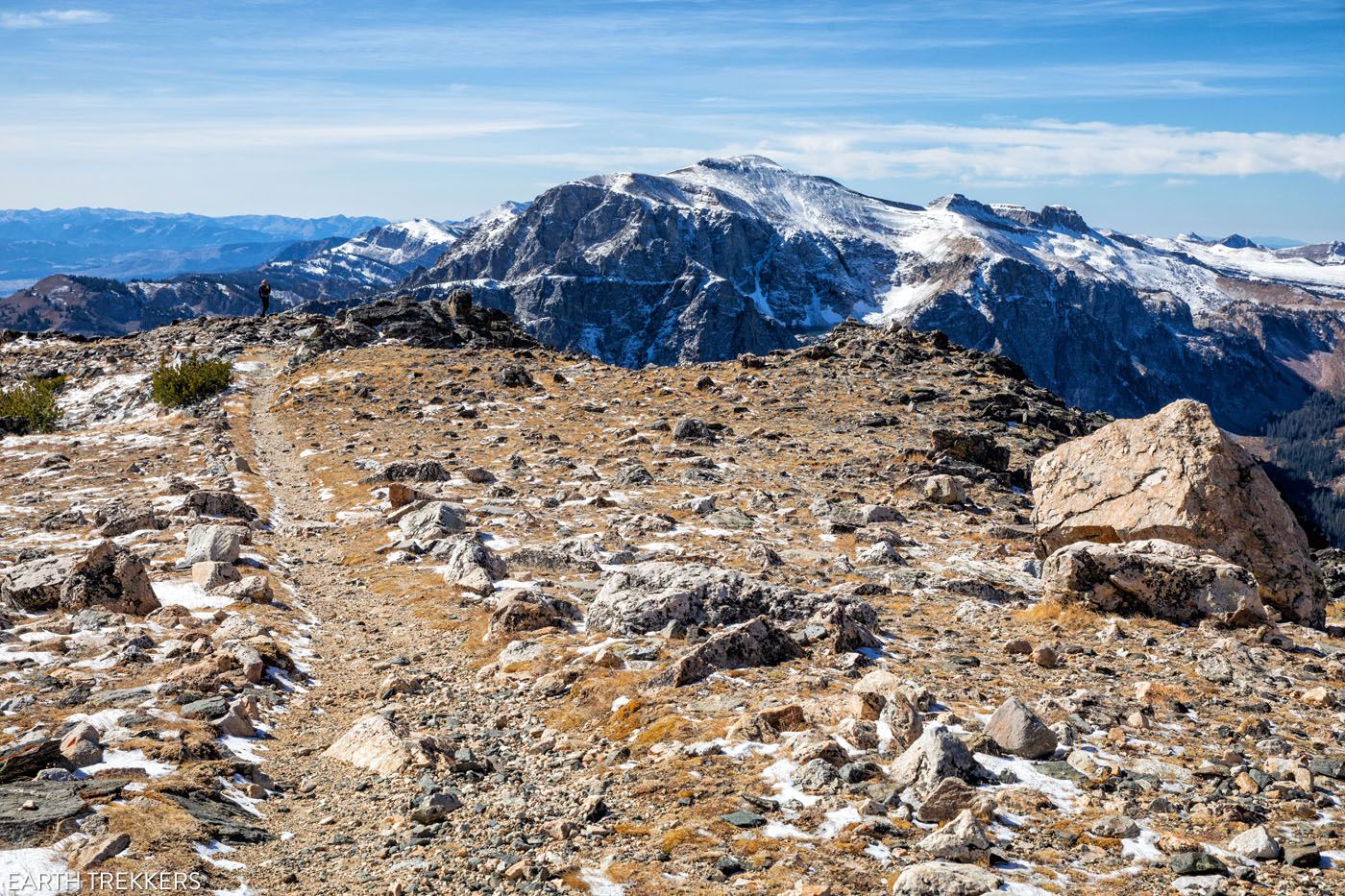
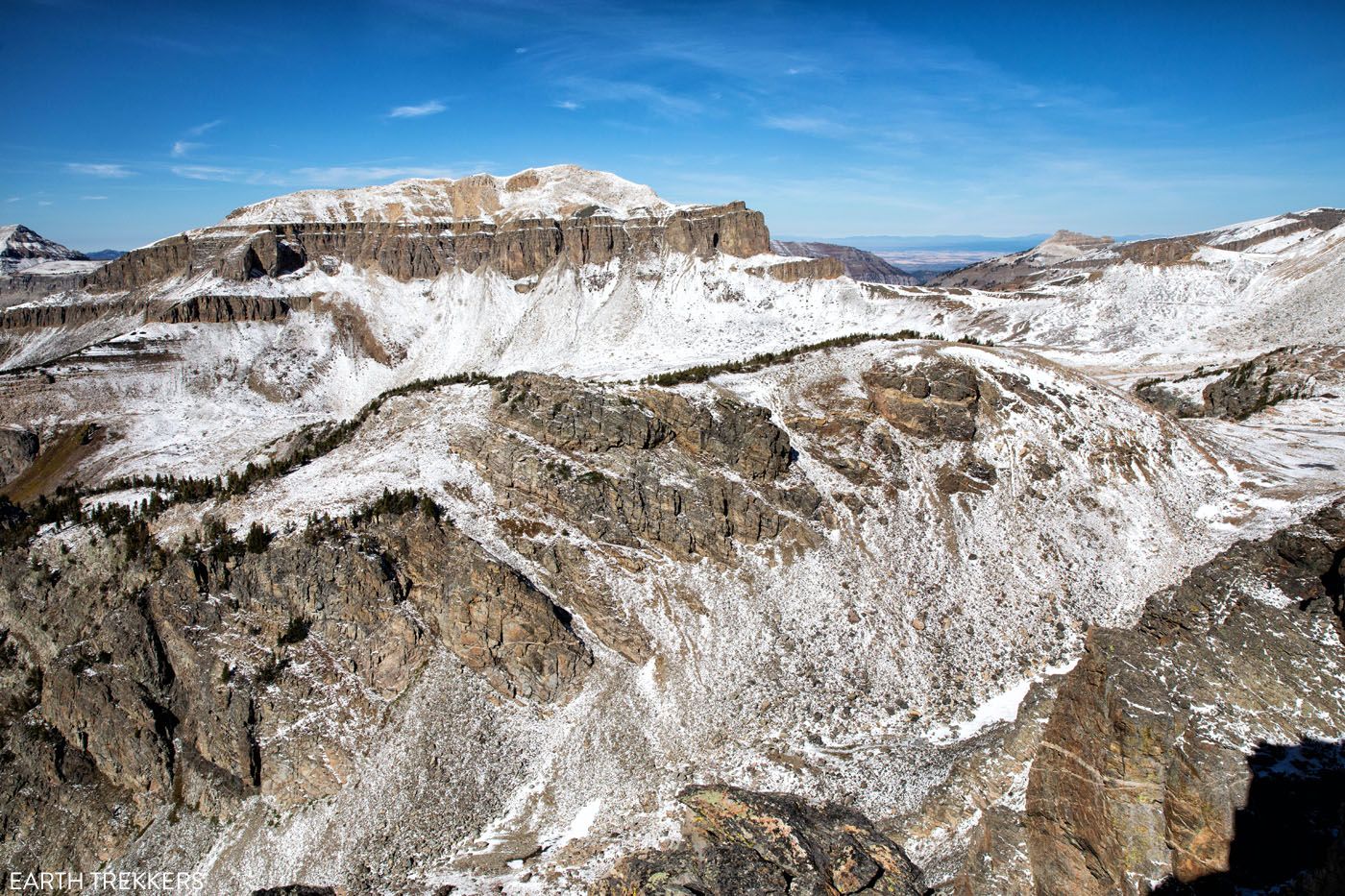
Another view from the Static Peak Divide.
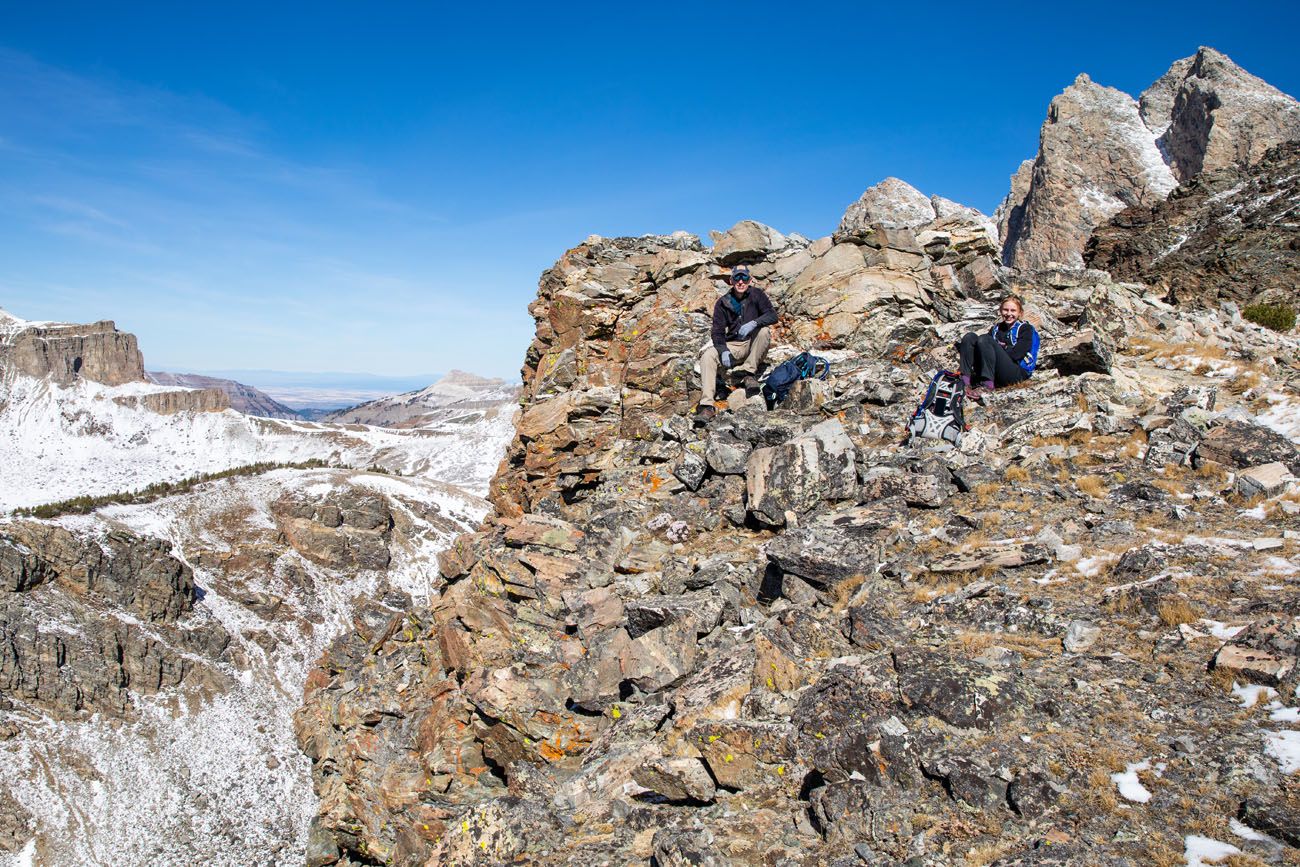
Nice spot for a picnic, don’t you think?
The Return Hike
From the Static Peak Divide, it’s a downhill walk most of the way back to the trailhead. If you are fast at downhill hiking, the four miles to the Patrol Cabin goes by fast. It’s a little slower going in Death Canyon, simply because the trail is so rough and rocky. Remember to keep an eye out for moose and bear here.
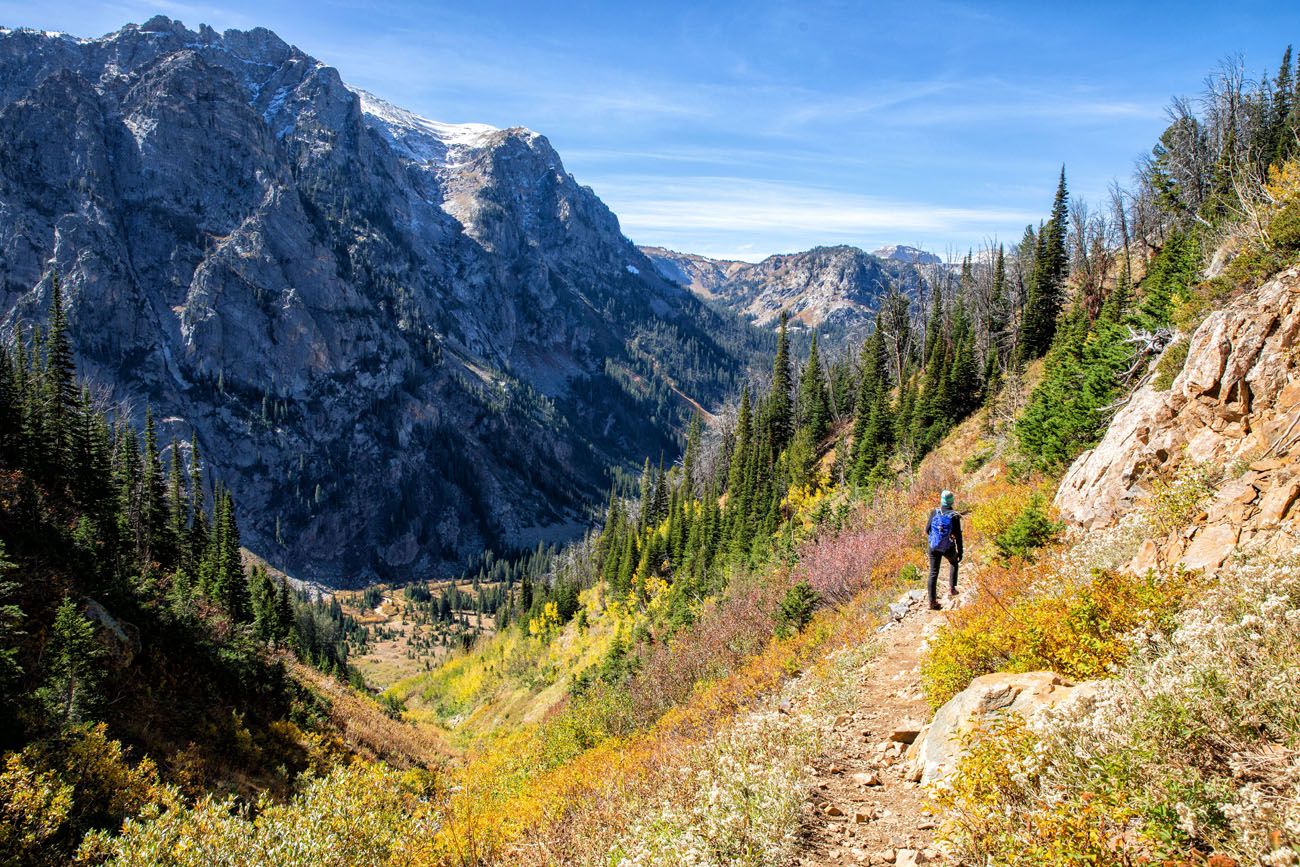
Hiking down the Alaska Basin Trail to Death Canyon
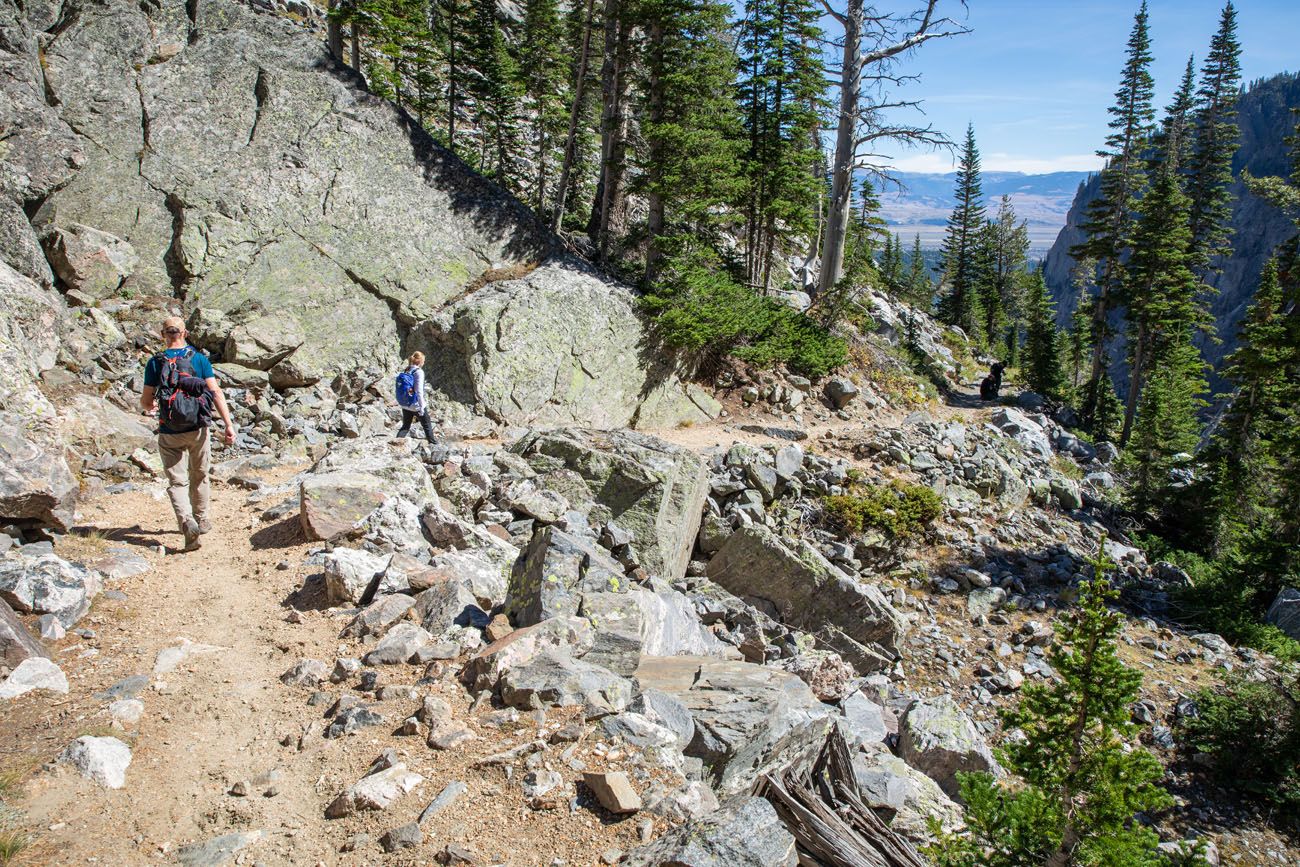
Death Canyon
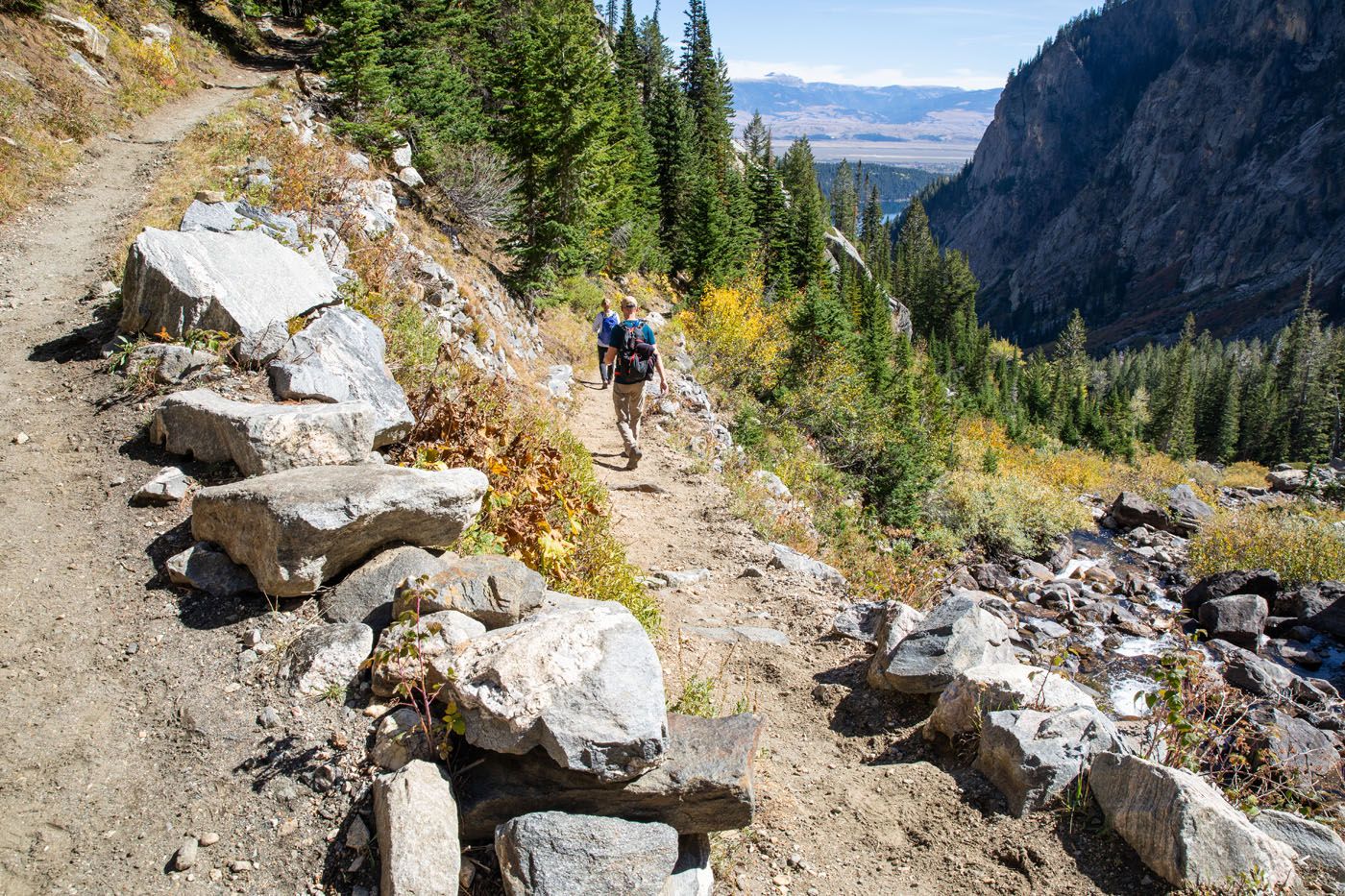
Death Canyon
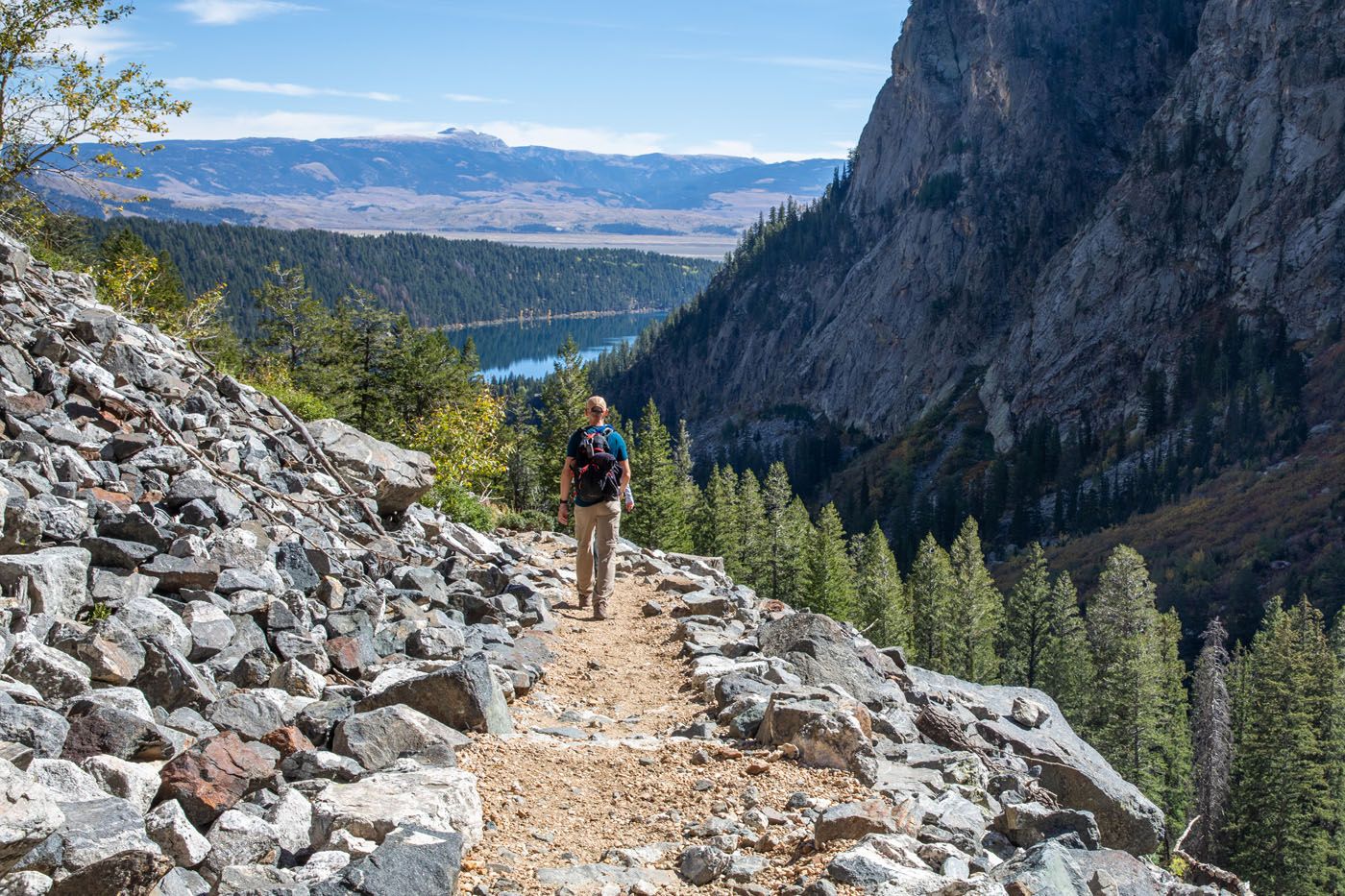
Getting closer to Phelps Lake
Once you reach the end of the Death Canyon, it’s a one mile uphill hike to the Phelps Lake Overlook, and then one final, one-mile easy downhill walk back to the parking lot.
About Our Experience
We did this hike at the very end of September. It had snowed in the Grand Tetons on the two days prior to this hike, which made the mountain tops look like they were sprinkled with powdered sugar.
When we did this, it was a very chilly 22 degrees when we started this hike, but temperatures did warm up to the low 60’s by the time we finished the hike. However, it was a cold hike up to Static Peak Divide, since much of the climb was in the shade of Albright Mountain.
The fall colors were at their peak. On this trail, the best place to see the fall colors is on the trail to Phelps Lake, at the Phelps Lake Overlook, and in Death Canyon.
We did this hike very fast, finishing just under 7 hours, and that includes time for lunch and moose sightings. There were two separate occasions that we took 10-minute breaks just to watch the moose through the trees, a great way to take a quick hiking break. In fact, the moose sightings were the highlight of this hike for us and I would consider hiking Death Canyon again just to see moose.
This is a great hike, but if you only have the time or energy for one big hike, we recommend Paintbrush Divide over the Static Peak Divide. The views from Paintbrush Divide are better, in our opinion, and you can do Paintbrush Divide as a loop hike, so you get to see a lot of the Grand Tetons in one big hike. It is longer (20 miles) and more popular, so there will be more people on the trails, but the Paintbrush Canyon – Cascade Canyon is our favorite hike in the park.
Tips to Have the Best Experience
Start the hike early, ideally by 8 am. This ensures that you get a parking space and gives you plenty of time to complete the hike.
Leave No Trace. When you are in the park, practice the seven principles of Leave No Trace. This includes packing out what you bring into the park, be considerate of other hikers, stay on the trail, and do not remove anything from the park.
Do not expect your cell phone to work. For most of this hike we had zero cellular service. There were a few spots in clearings or at higher elevations where we got a few bars of LTE or 3G, barely enough to send a text message. But don’t depend on your phone to call for help, talk to friends, or send photos to friends and family.
If you are not acclimated to the altitude, this is not a good first hike in Grand Teton National Park. The long distance, elevation gain, and altitude make this a tough hike. If you have not already spent time in the park adjusting to the altitude, I recommend that you spend a day or two acclimating to the higher elevation.
What to Bring on the Hike
Hiking shoes. Don’t do this hike in anything other than hiking shoes or hiking boots. Snow can linger on the trail in early summer and return in the early fall.
Hiking poles. Hiking poles take the stress off of your legs and help to ease leg pain and fatigue.
Water and snacks. At least 3 liters of water in the summer.
Sunscreen, hat, and sunglasses. For about half of this hike you will be exposed to the sun, with very little shade.
Camera. Even a smartphone will do. Static Peak Divide is a great place to use the panorama feature.
Rain jacket or fleece. It’s chilly at the Static Peak Divide. Be prepared for all weather conditions, even snow in the summer months. Pack a rain jacket and/or fleece and even another layer of clothing.
Essential Hiking Gear: What Should You Bring on a Day Hike?
If you are new to hiking or are curious about what you should bring on a hike, check out our Hiking Gear Guide. Find out what we carry in our day packs and what we wear on the trails.If you have any questions about hiking to Static Peak Divide, let us know in the comment section below.
More Information about Wyoming
Read all of our articles about the United States in our United States Travel Guide.
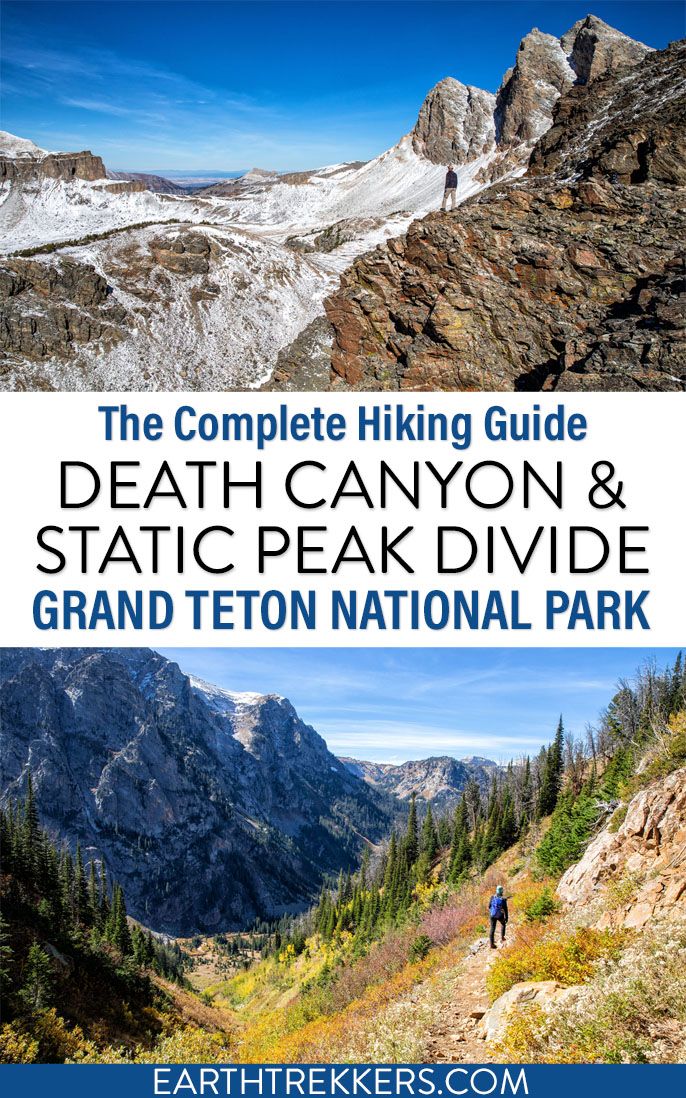
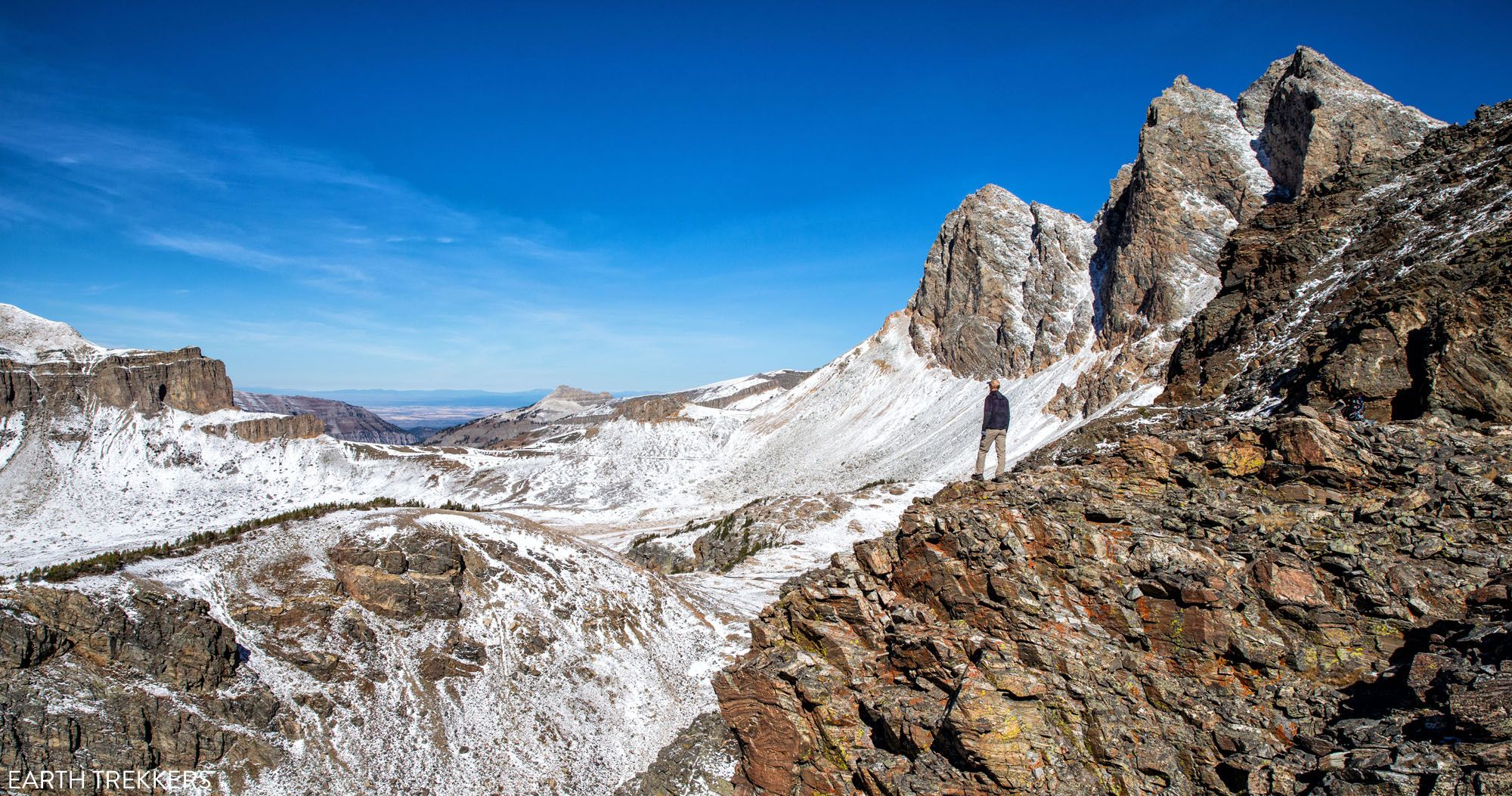
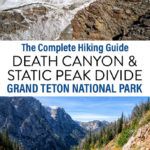
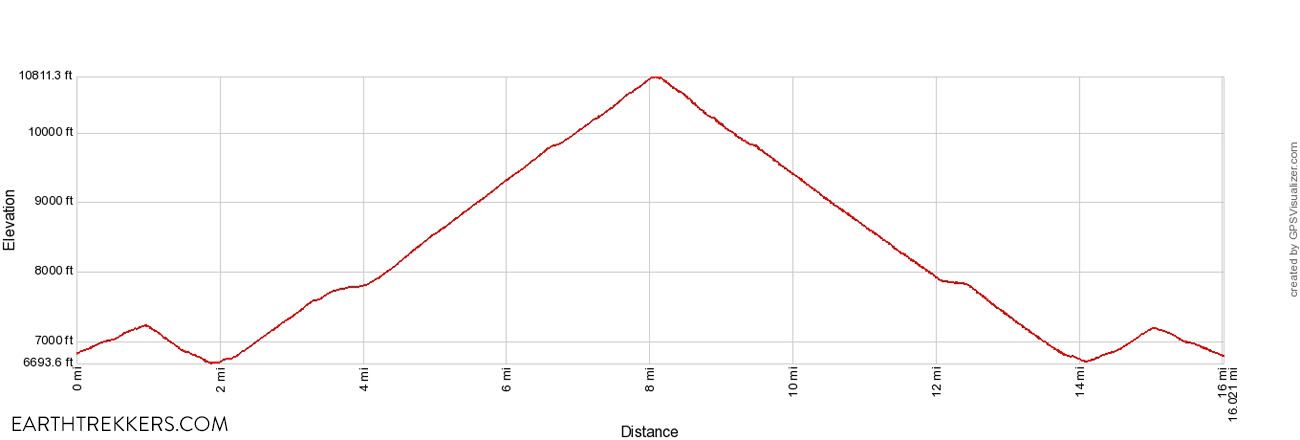
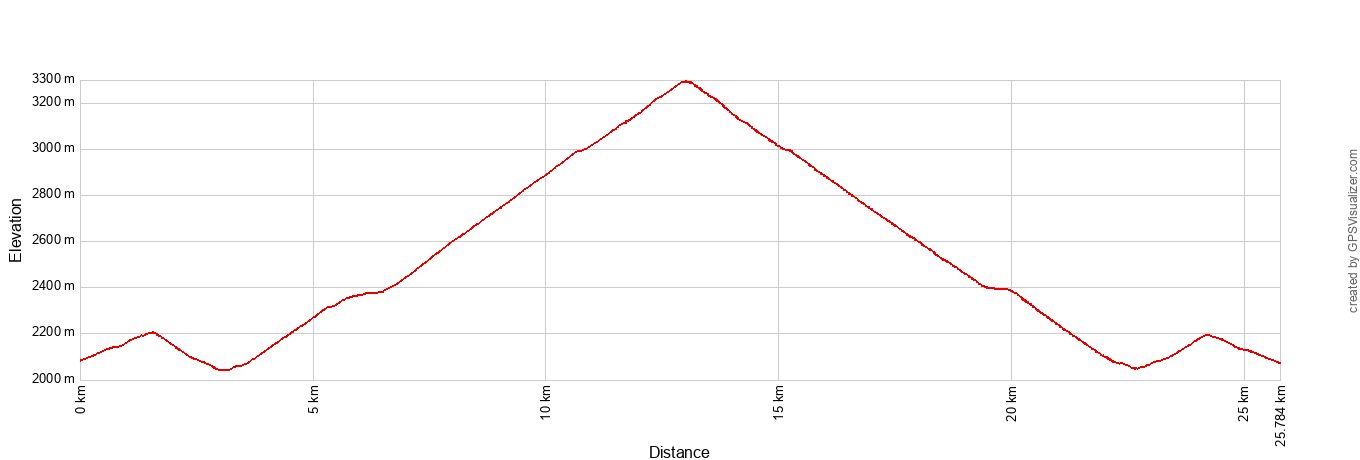
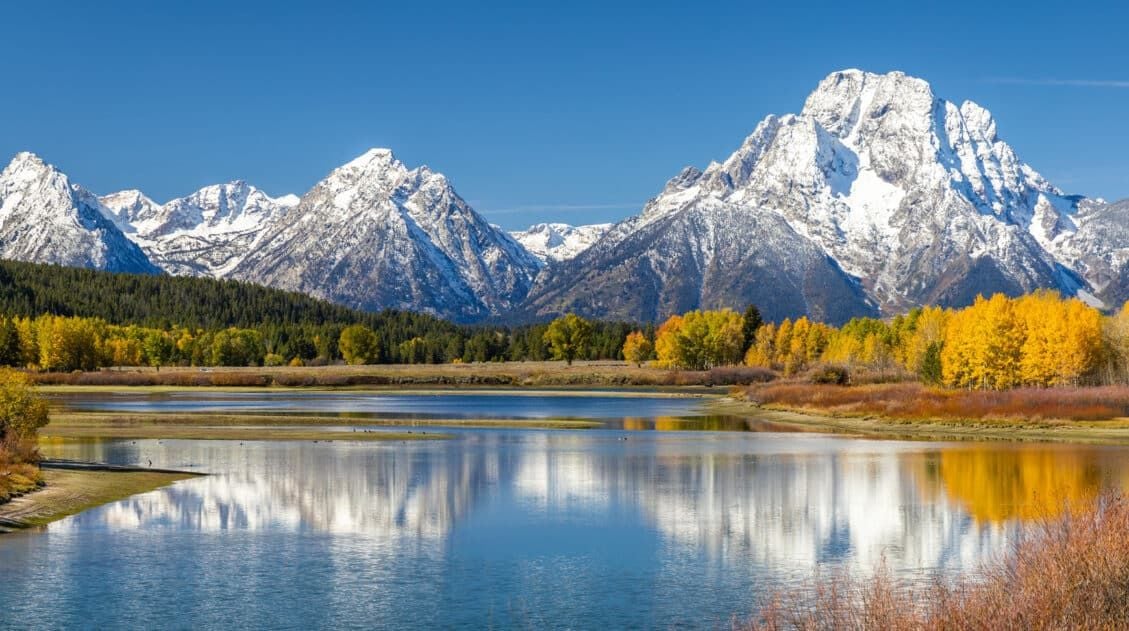
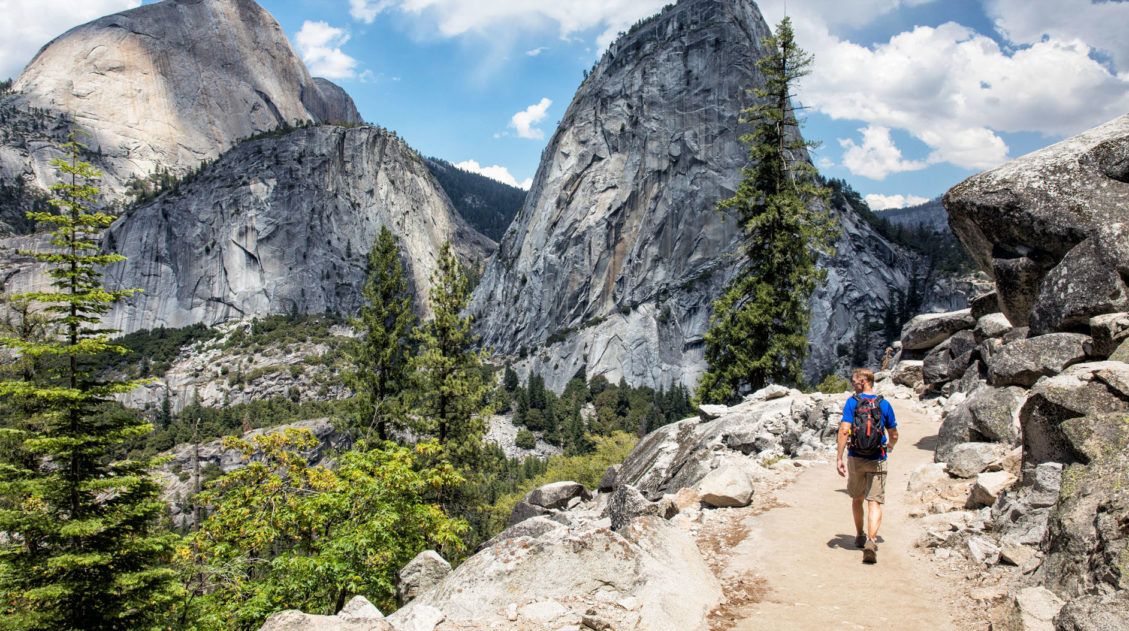
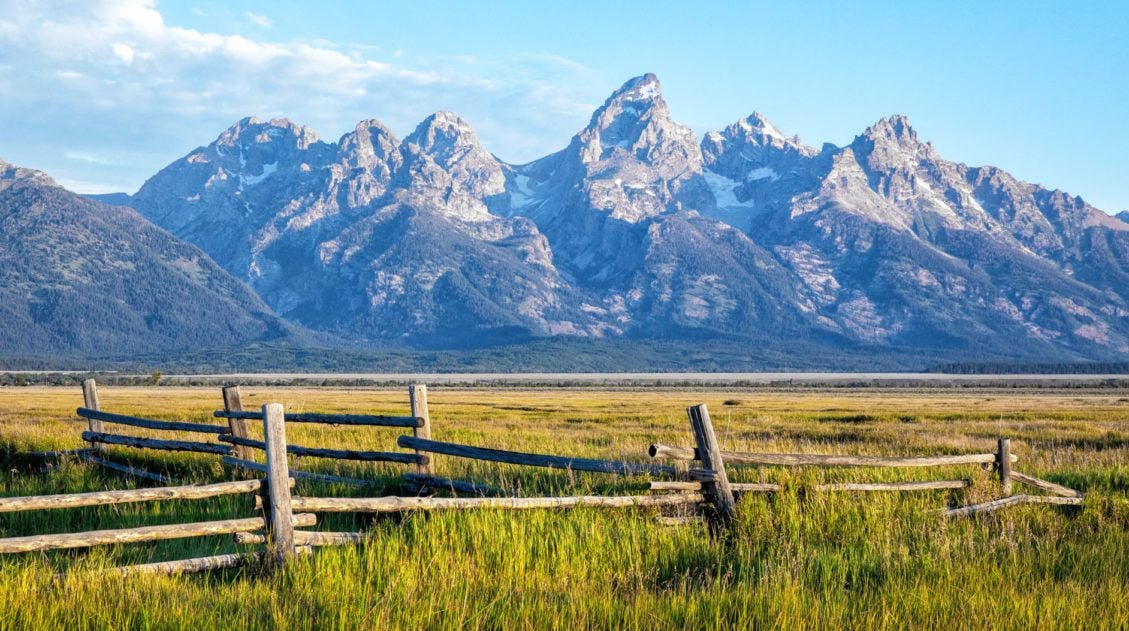
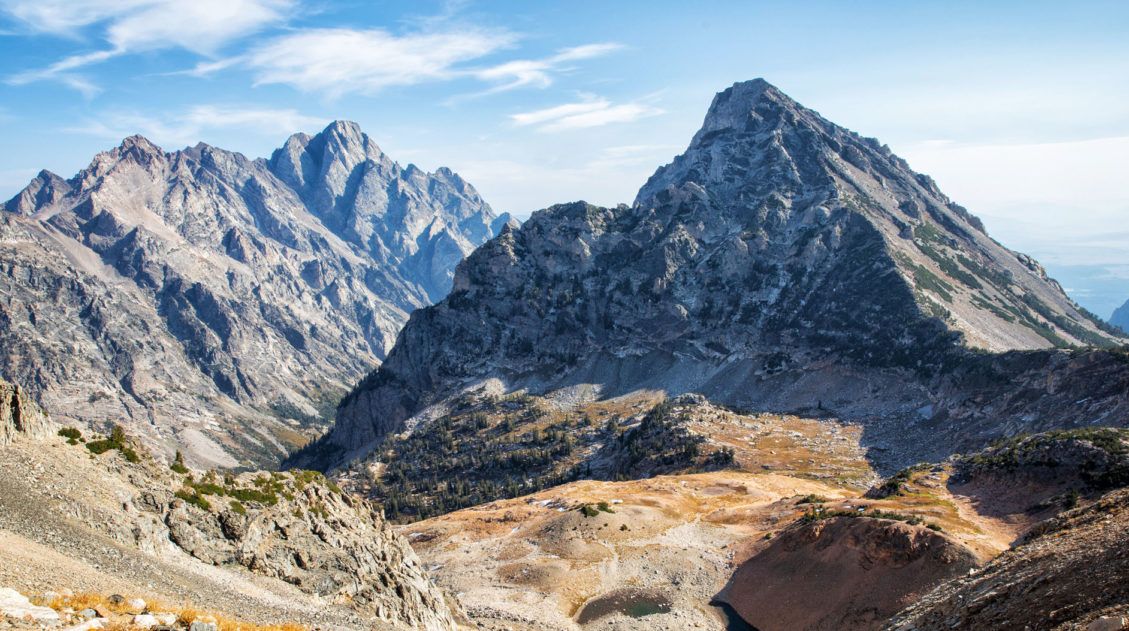
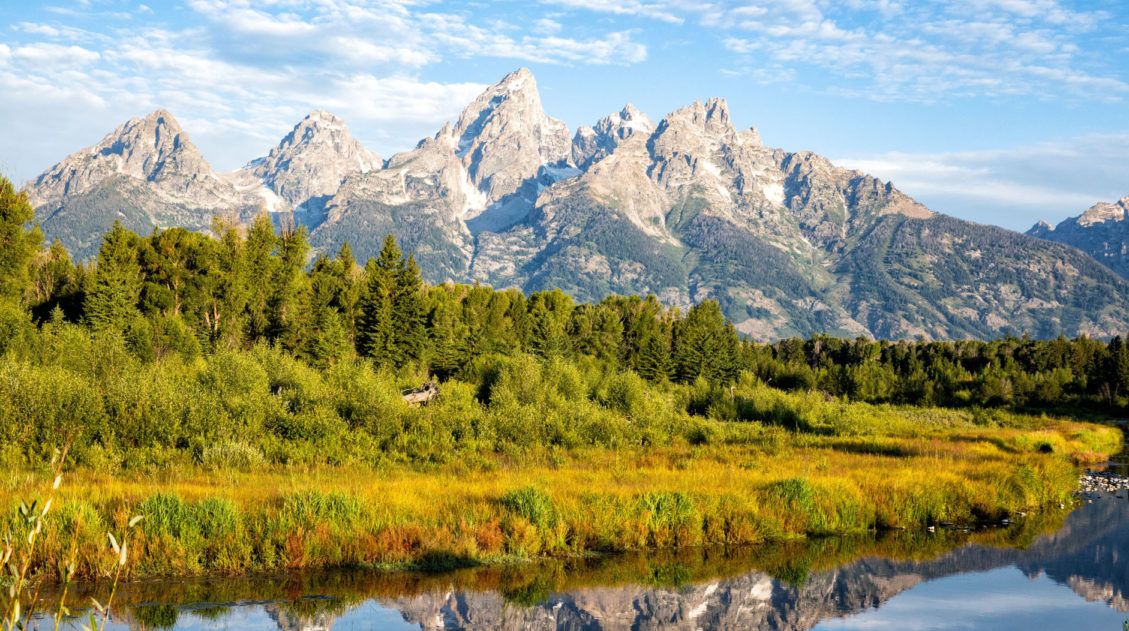
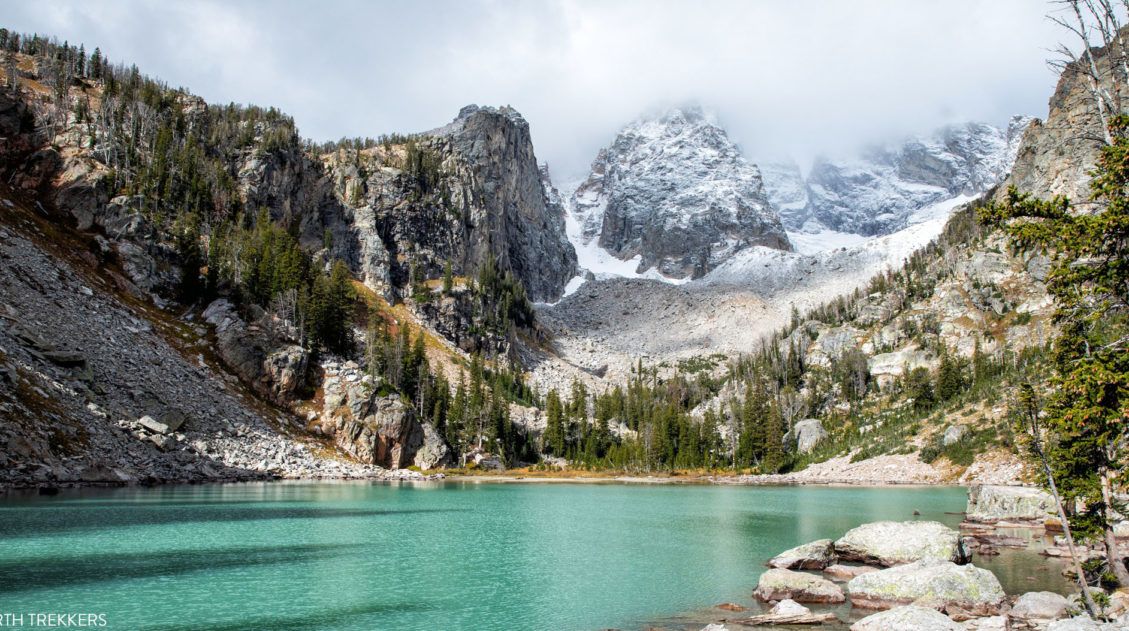
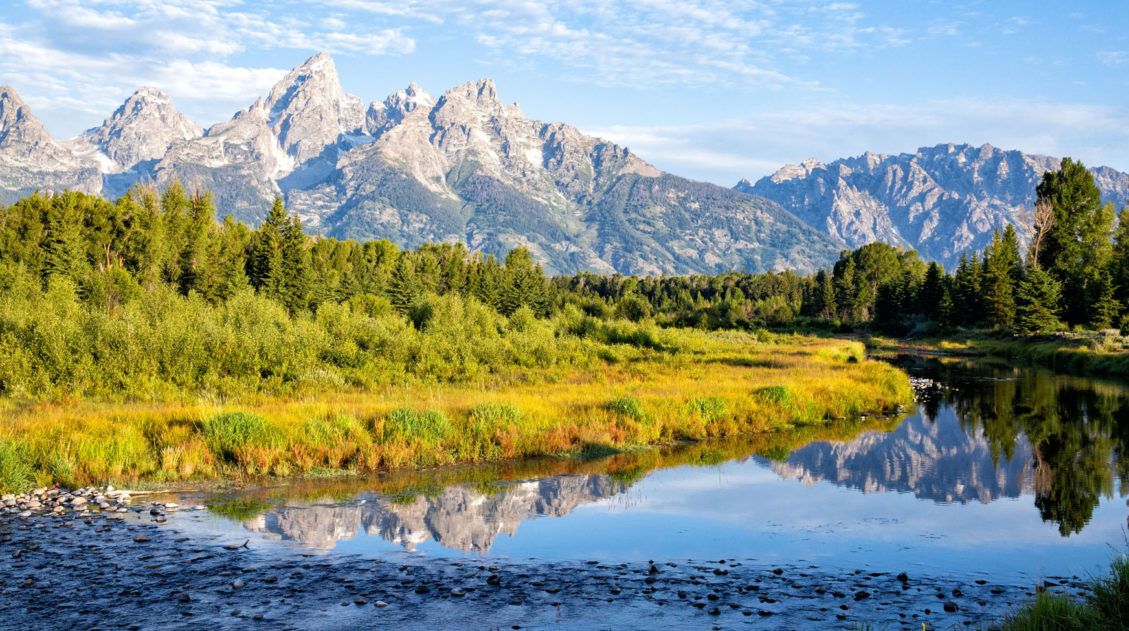
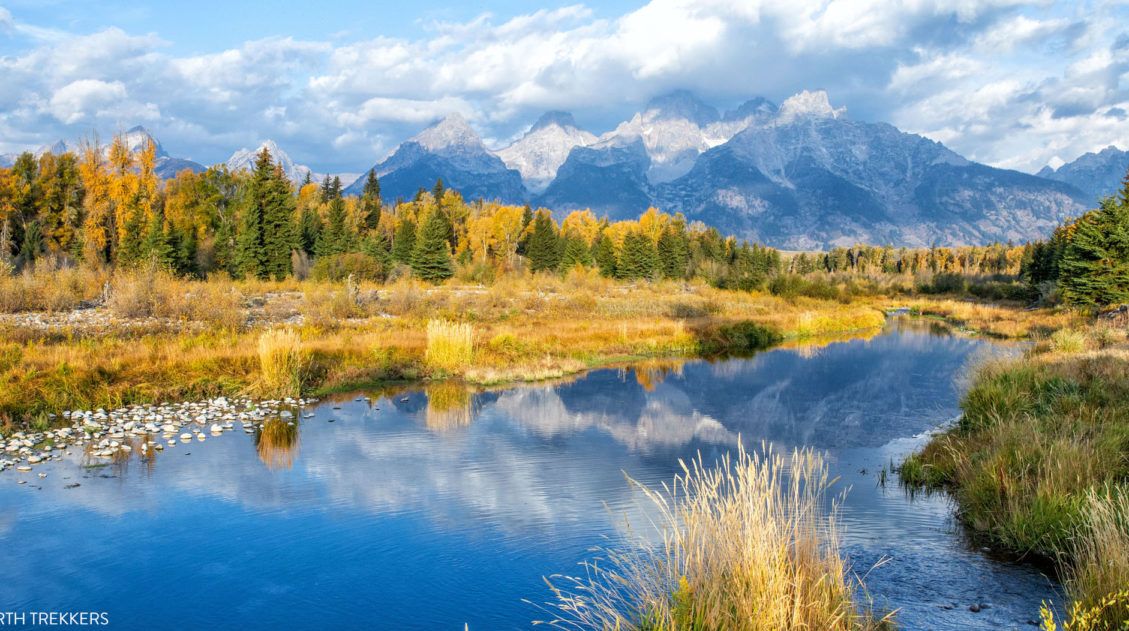
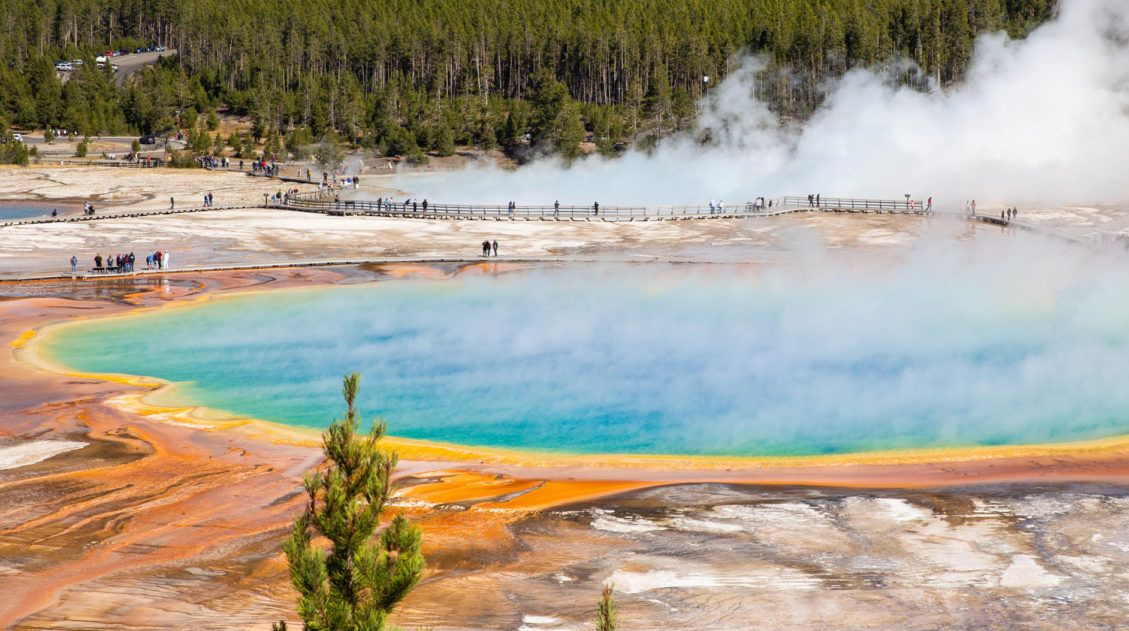
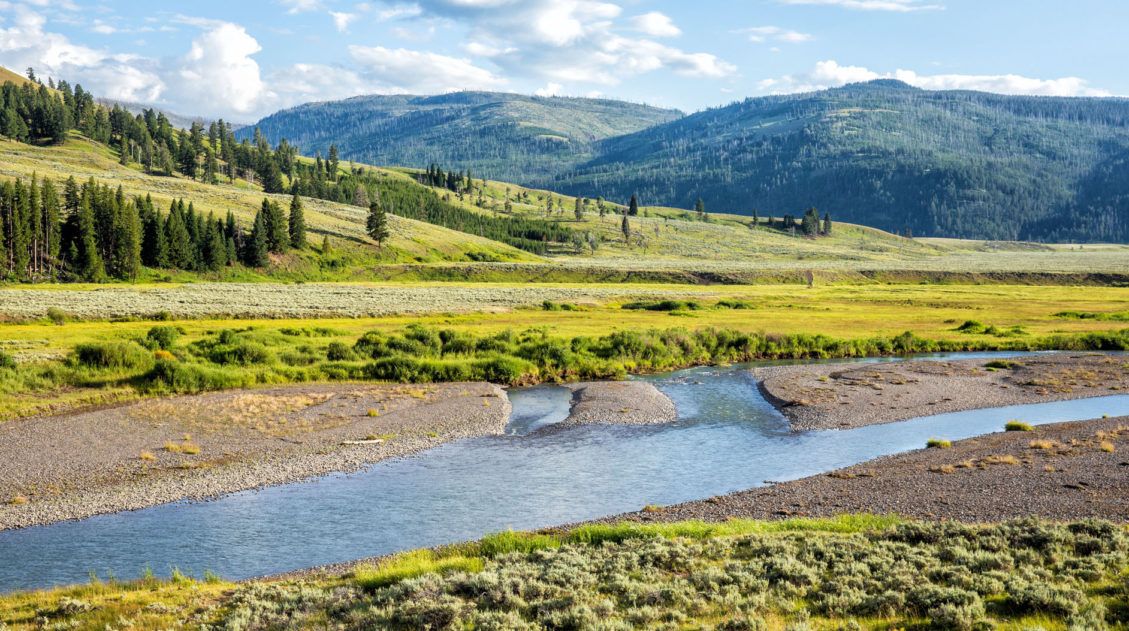
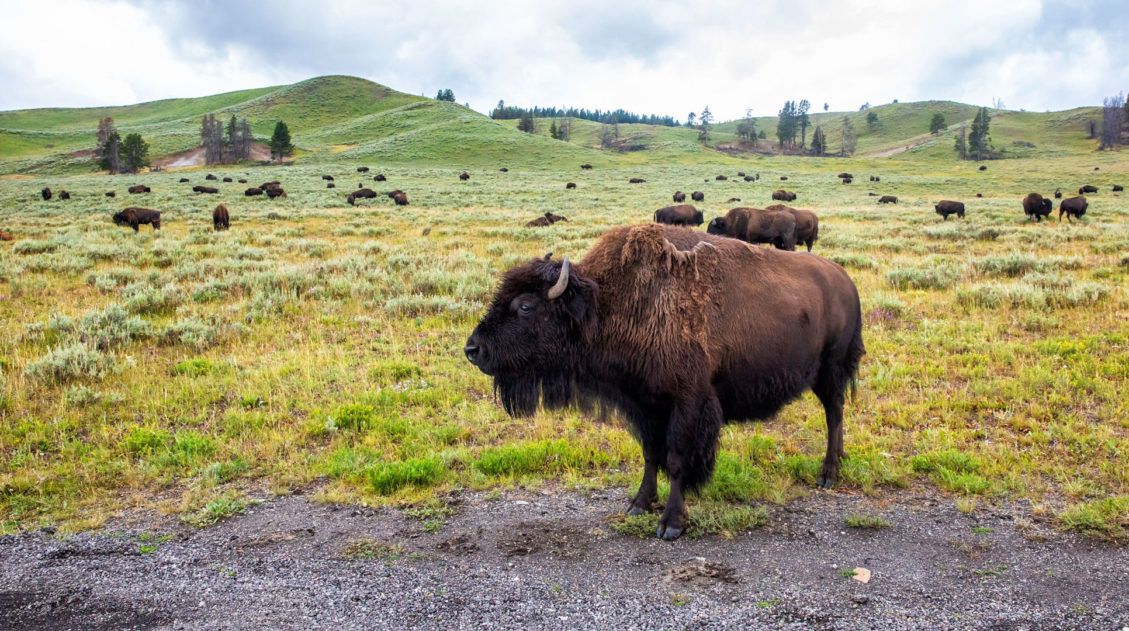
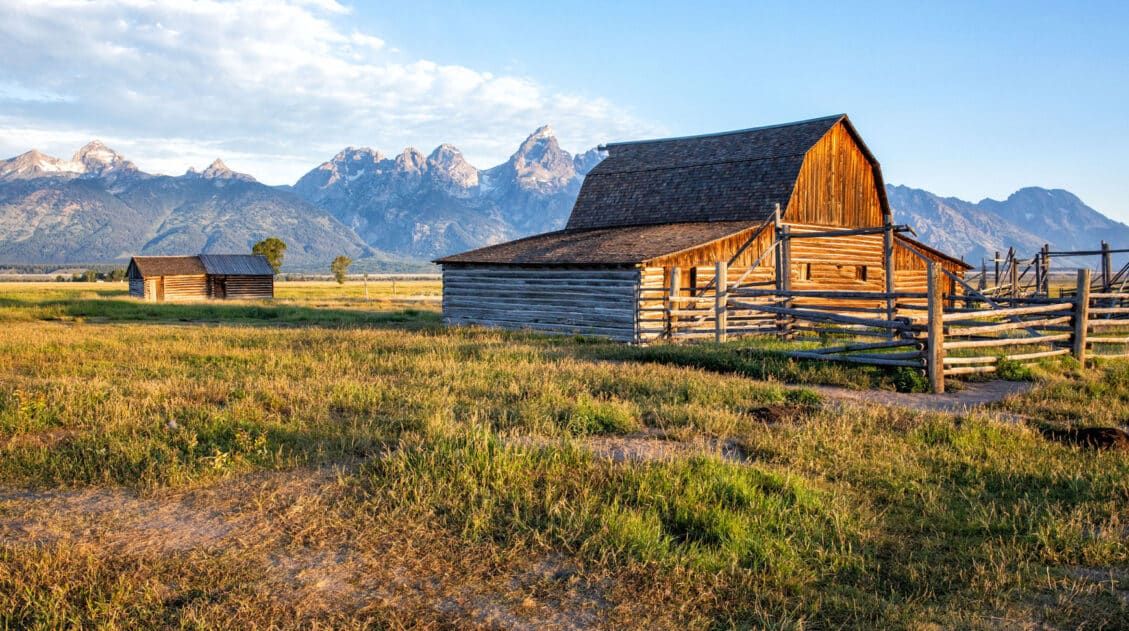
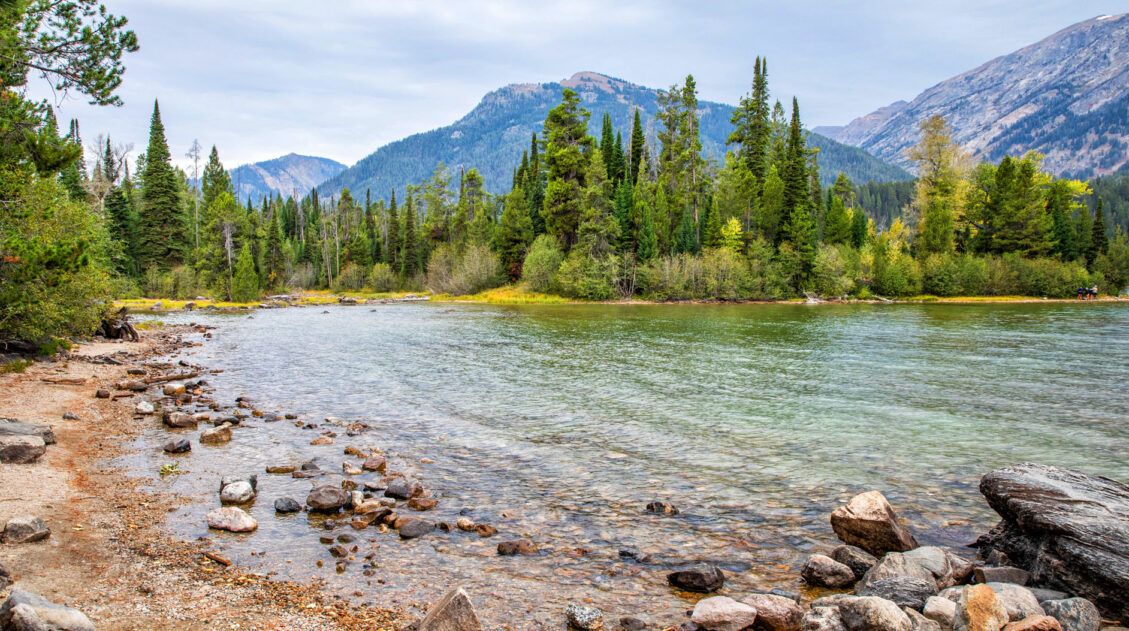
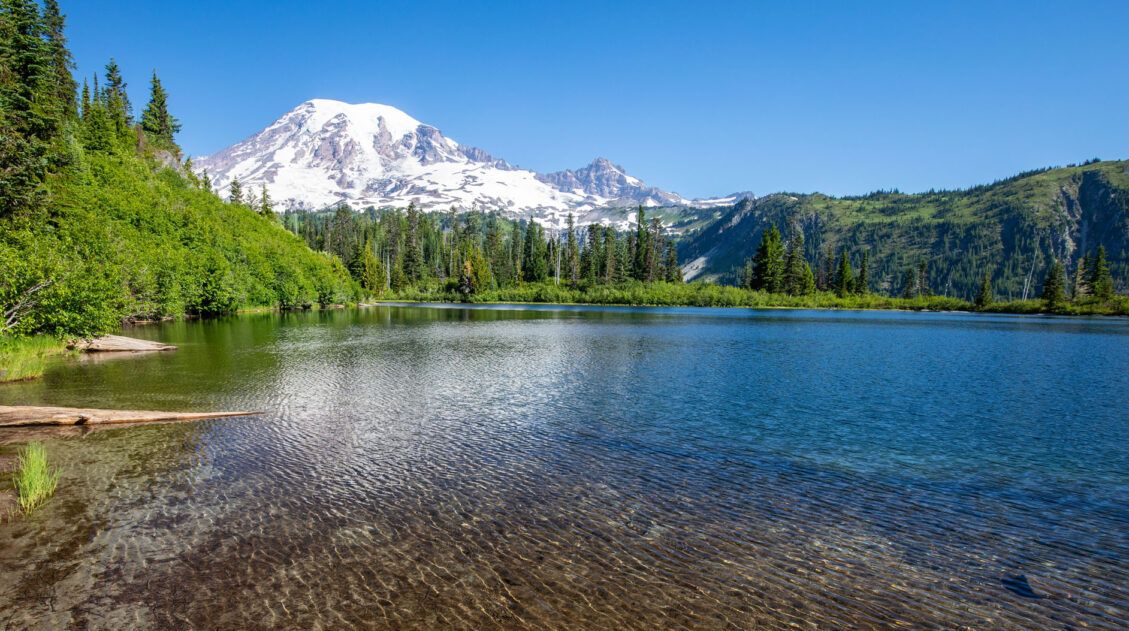
Comments 3